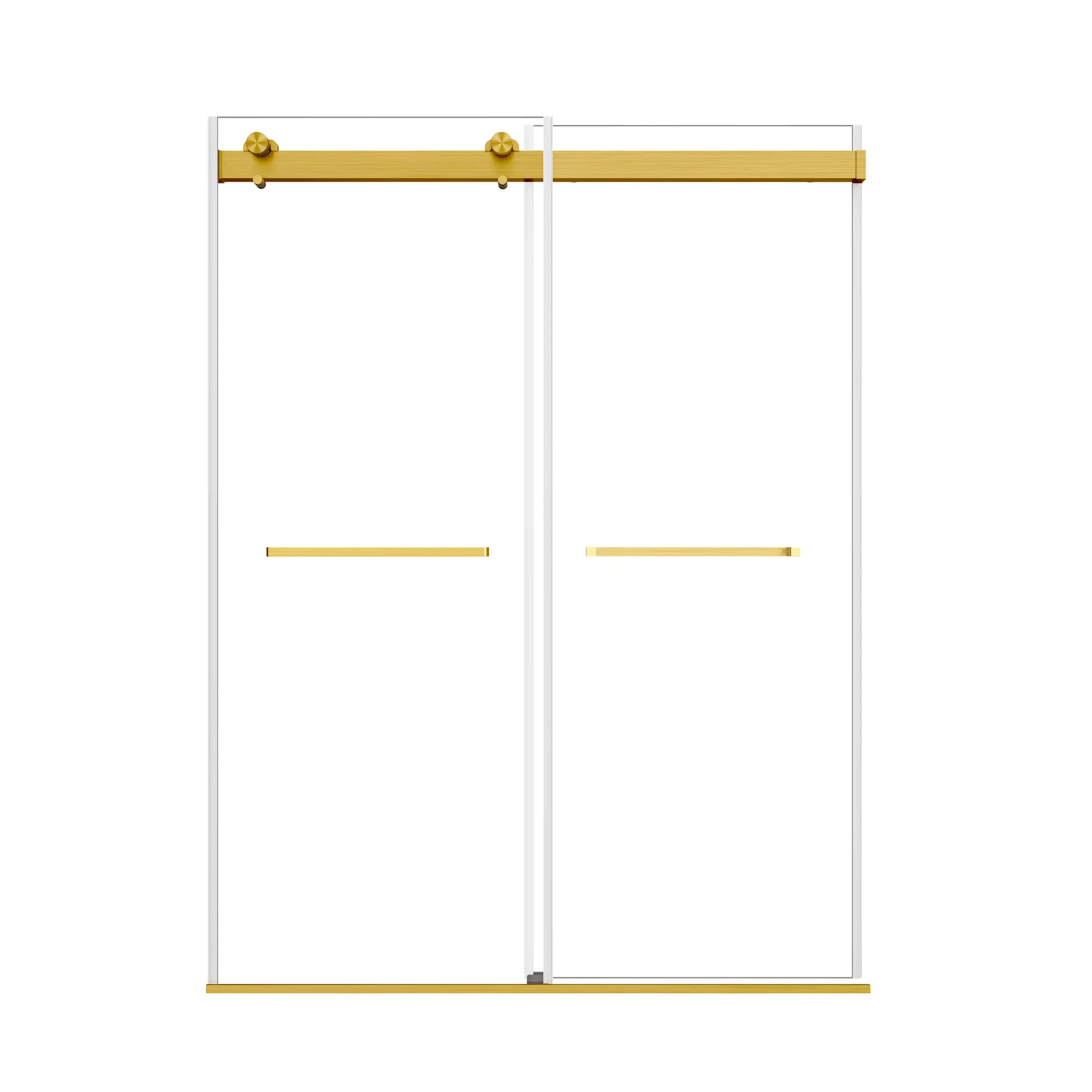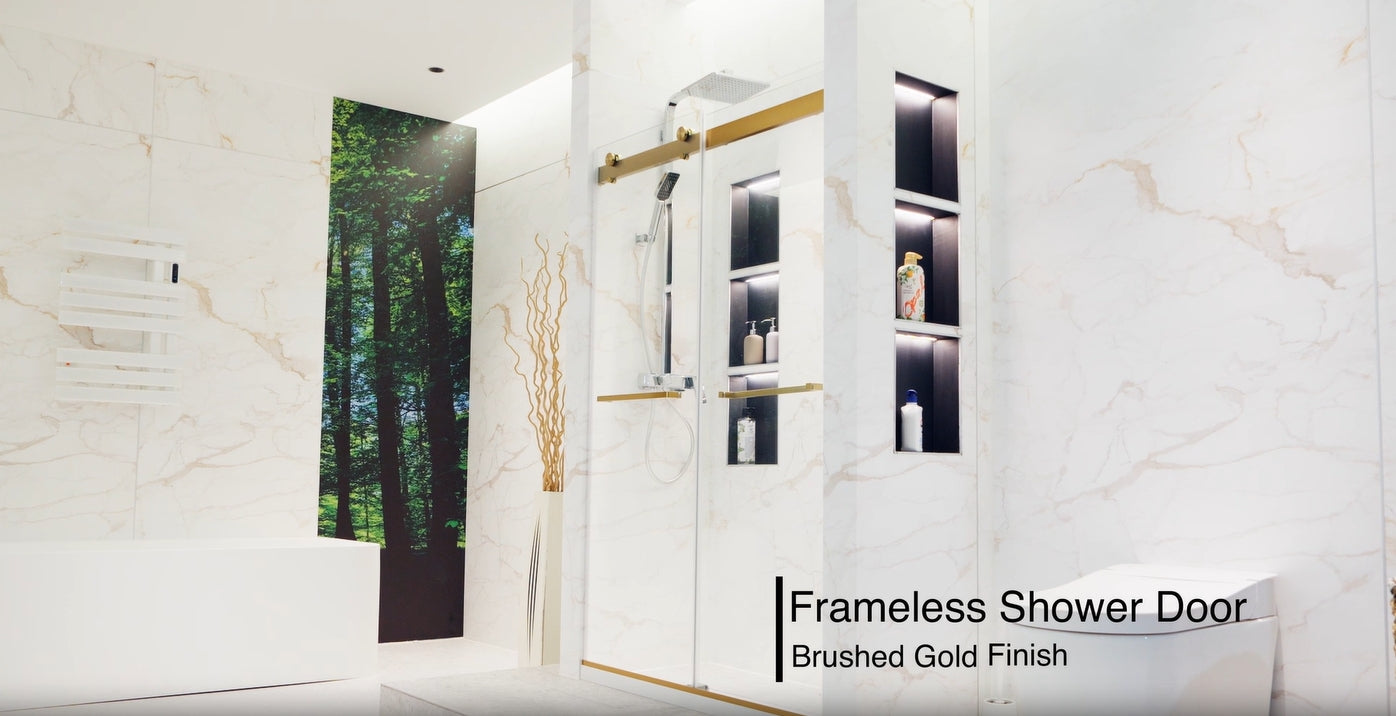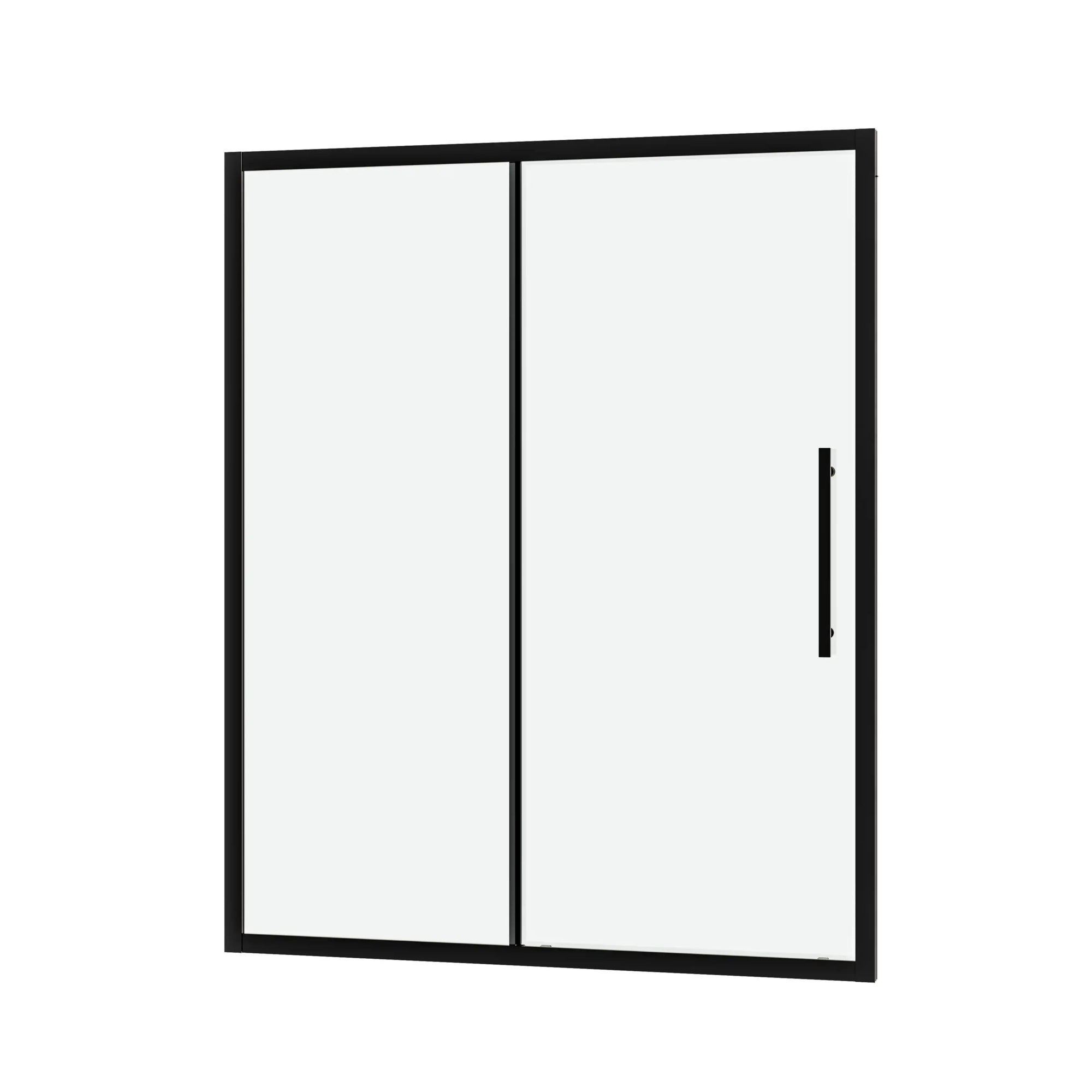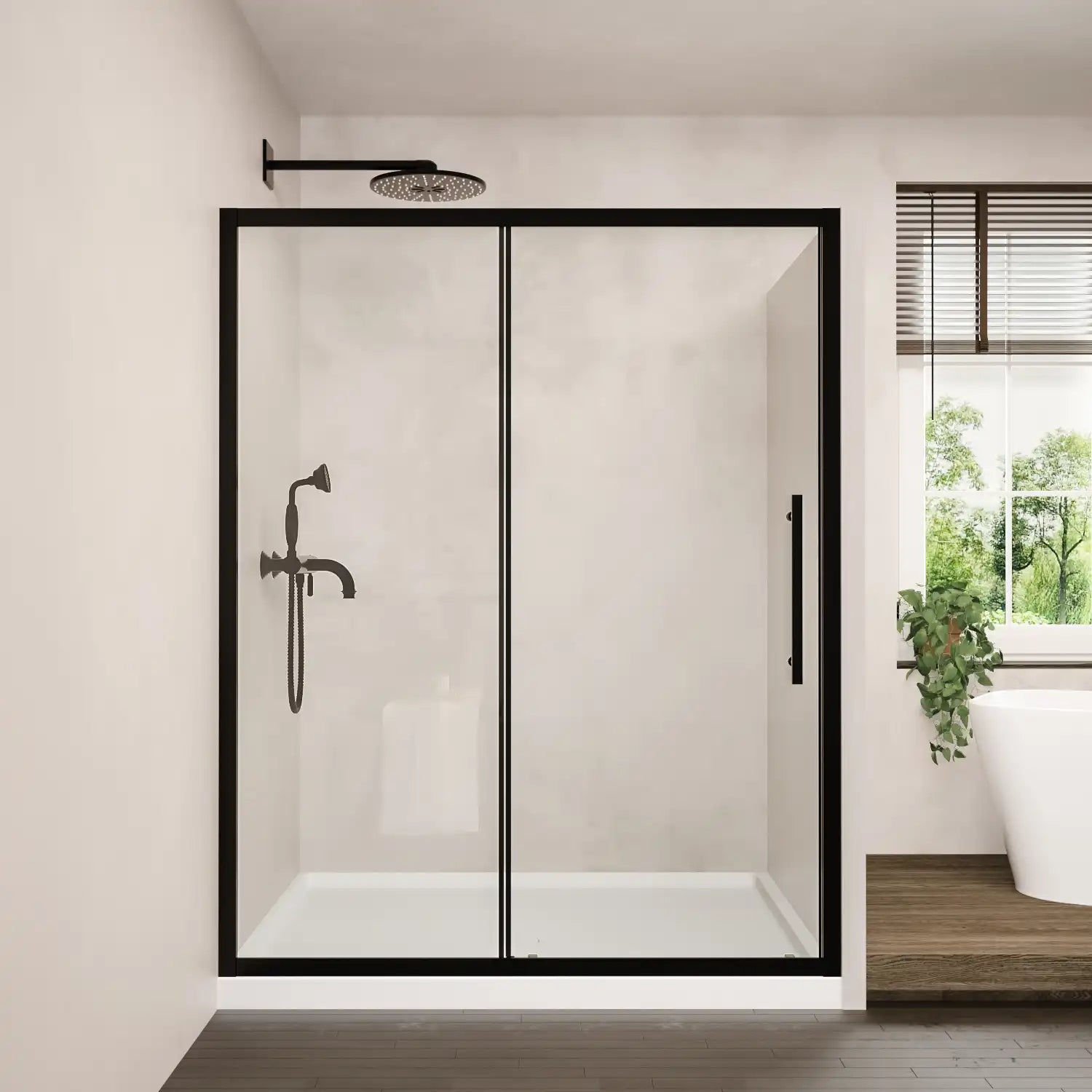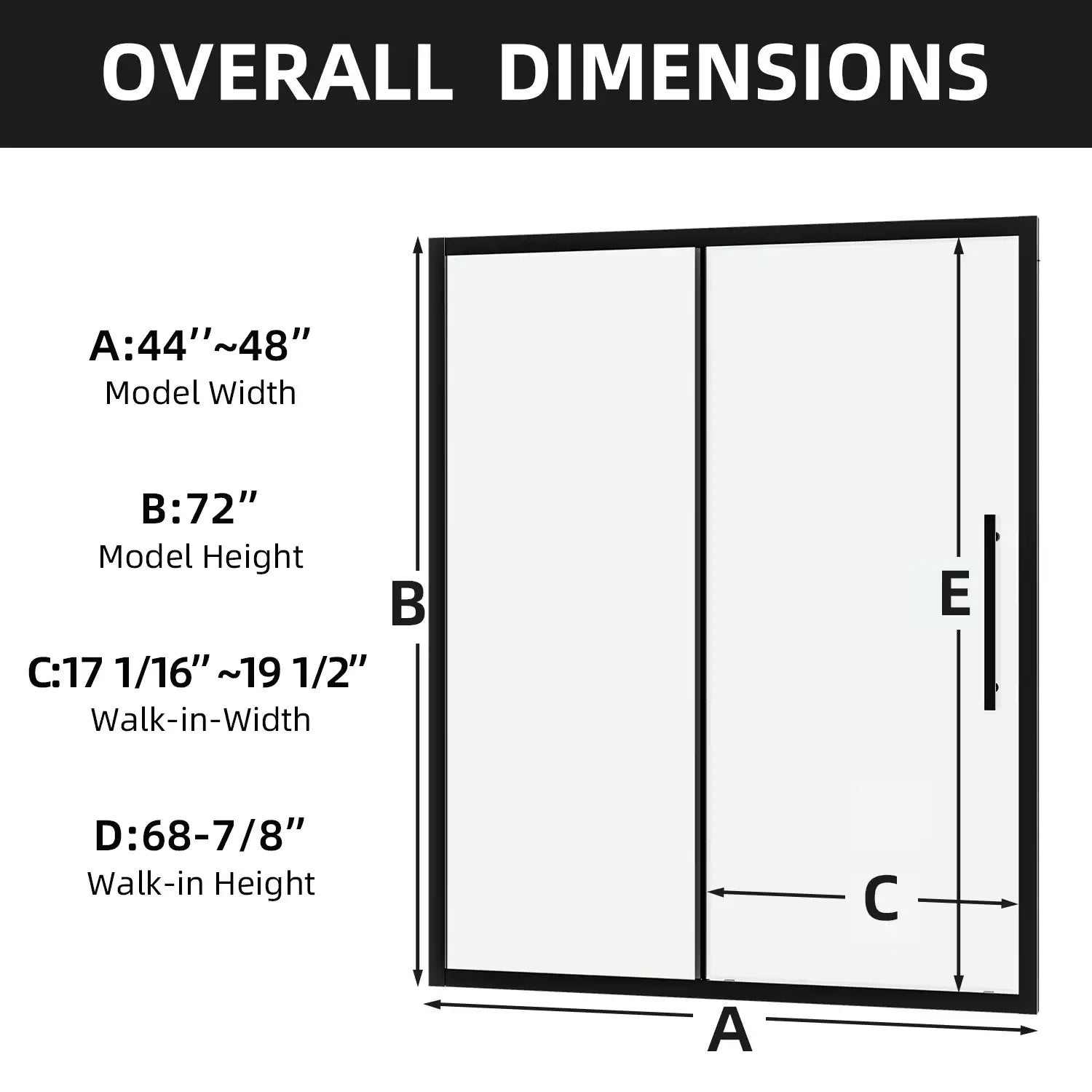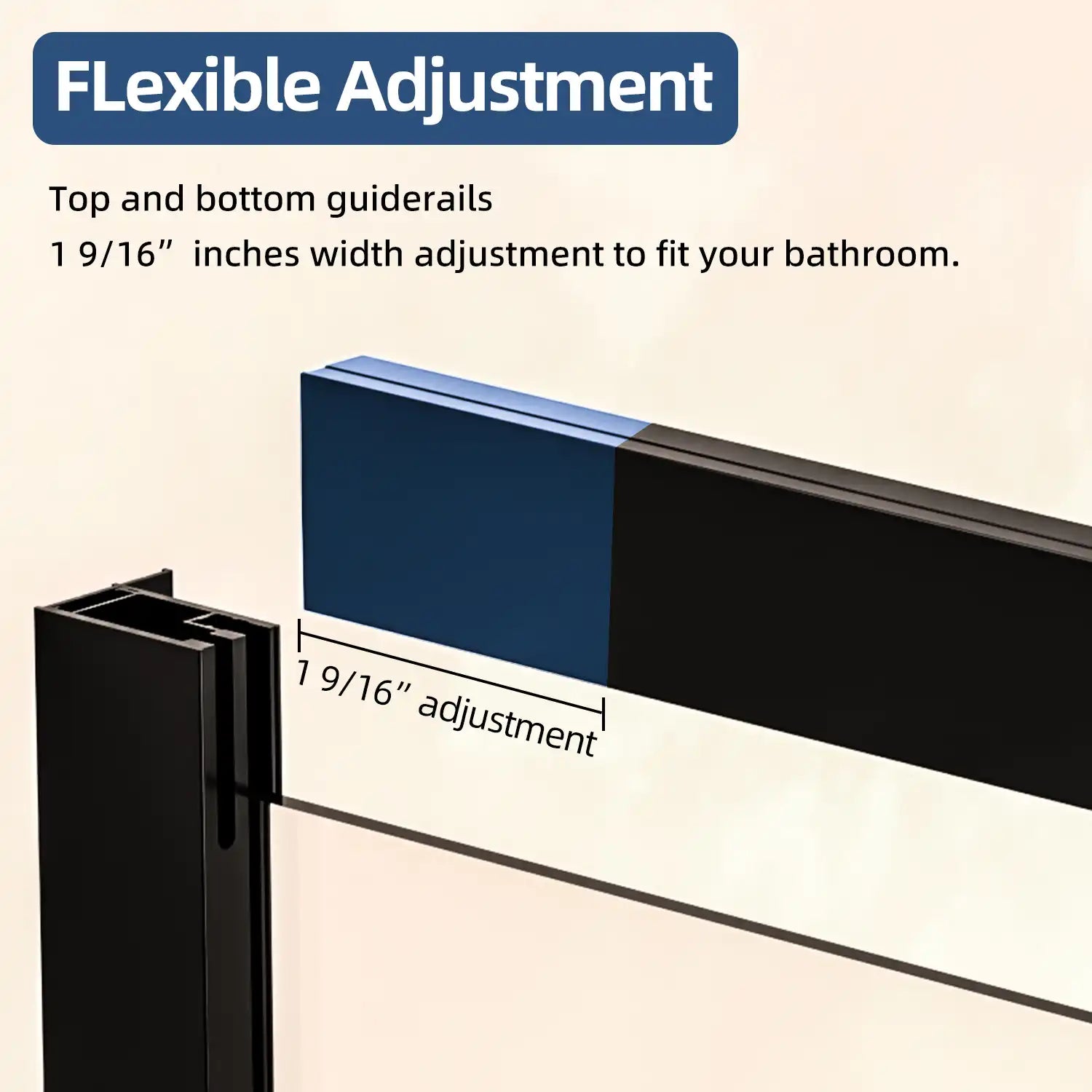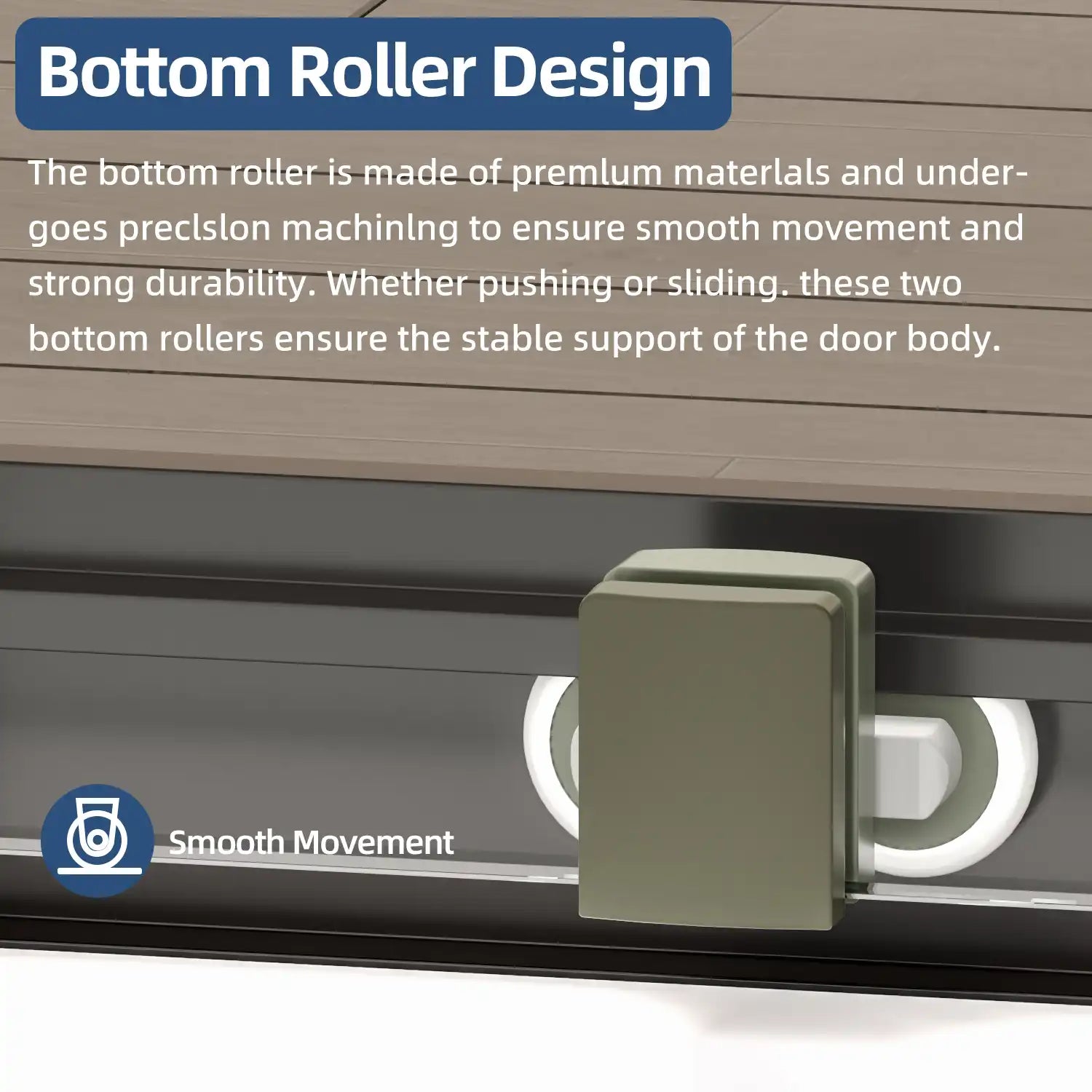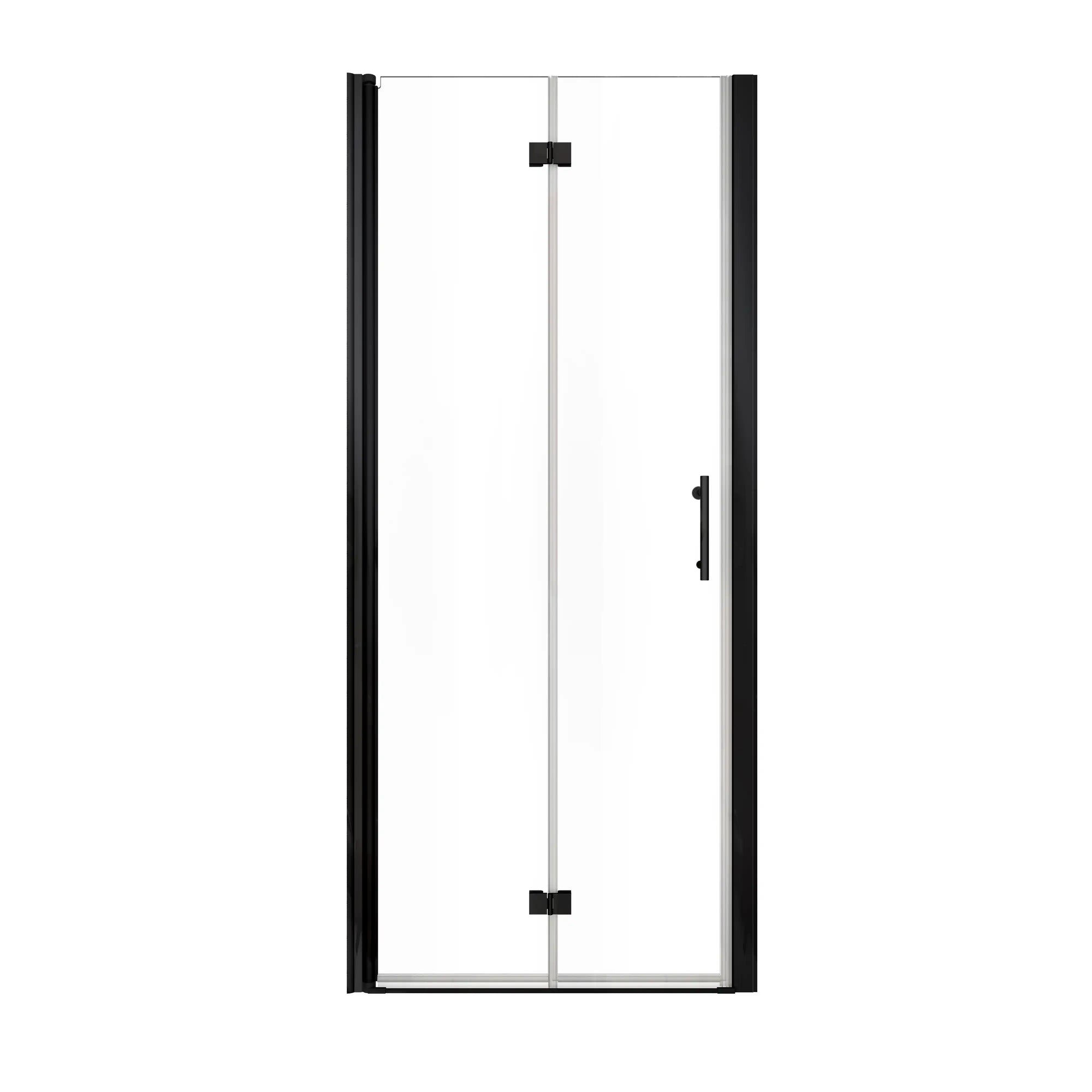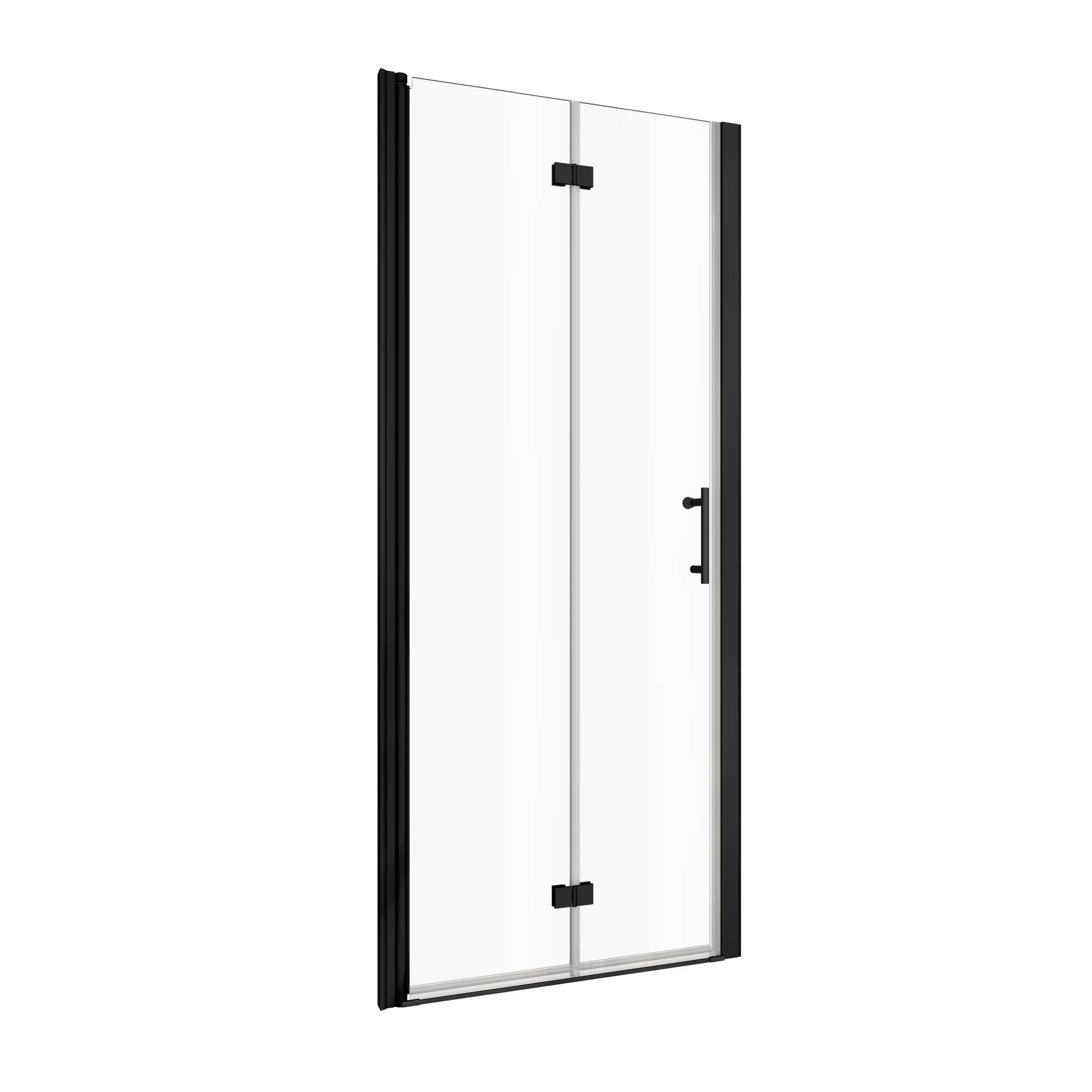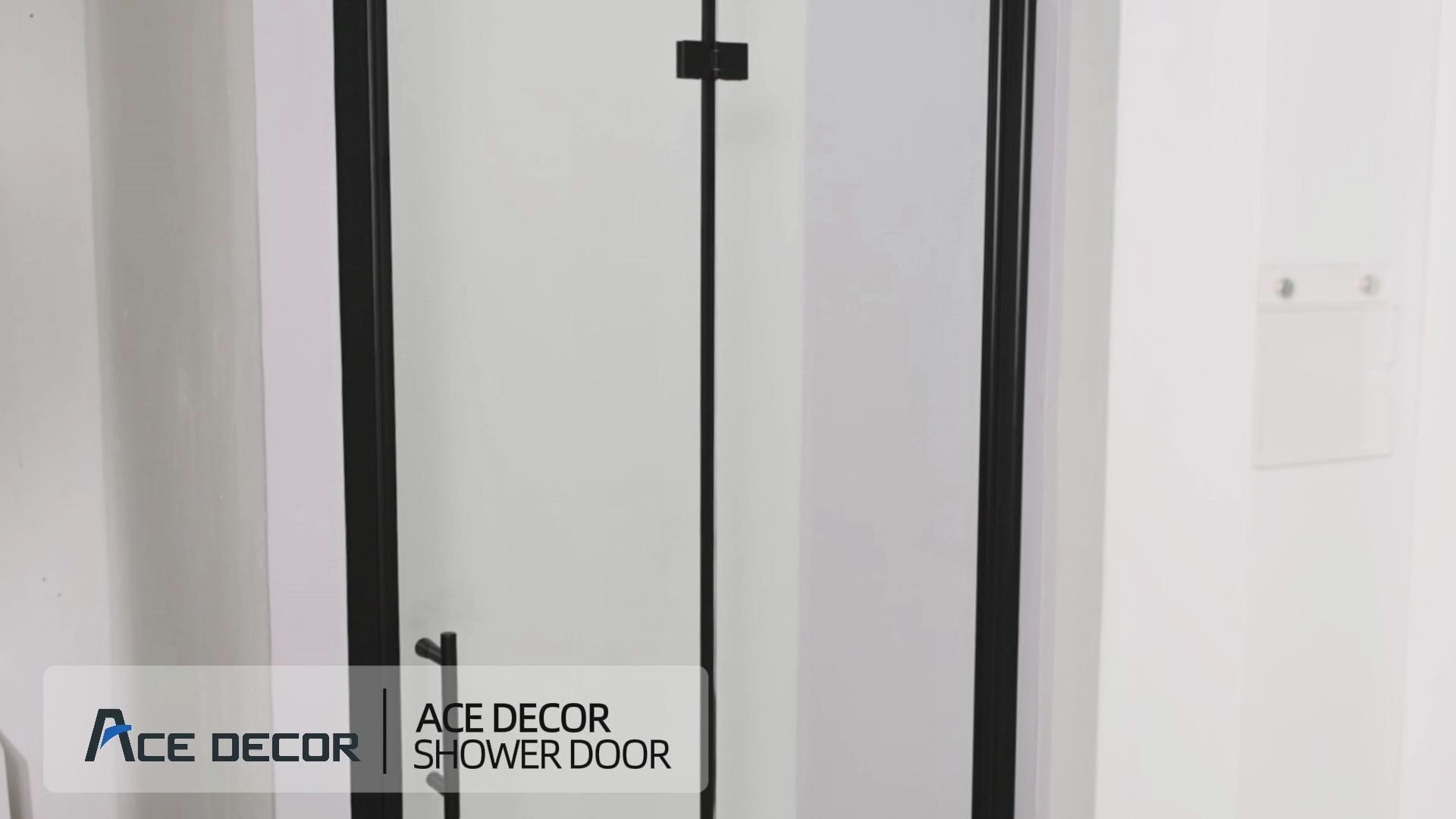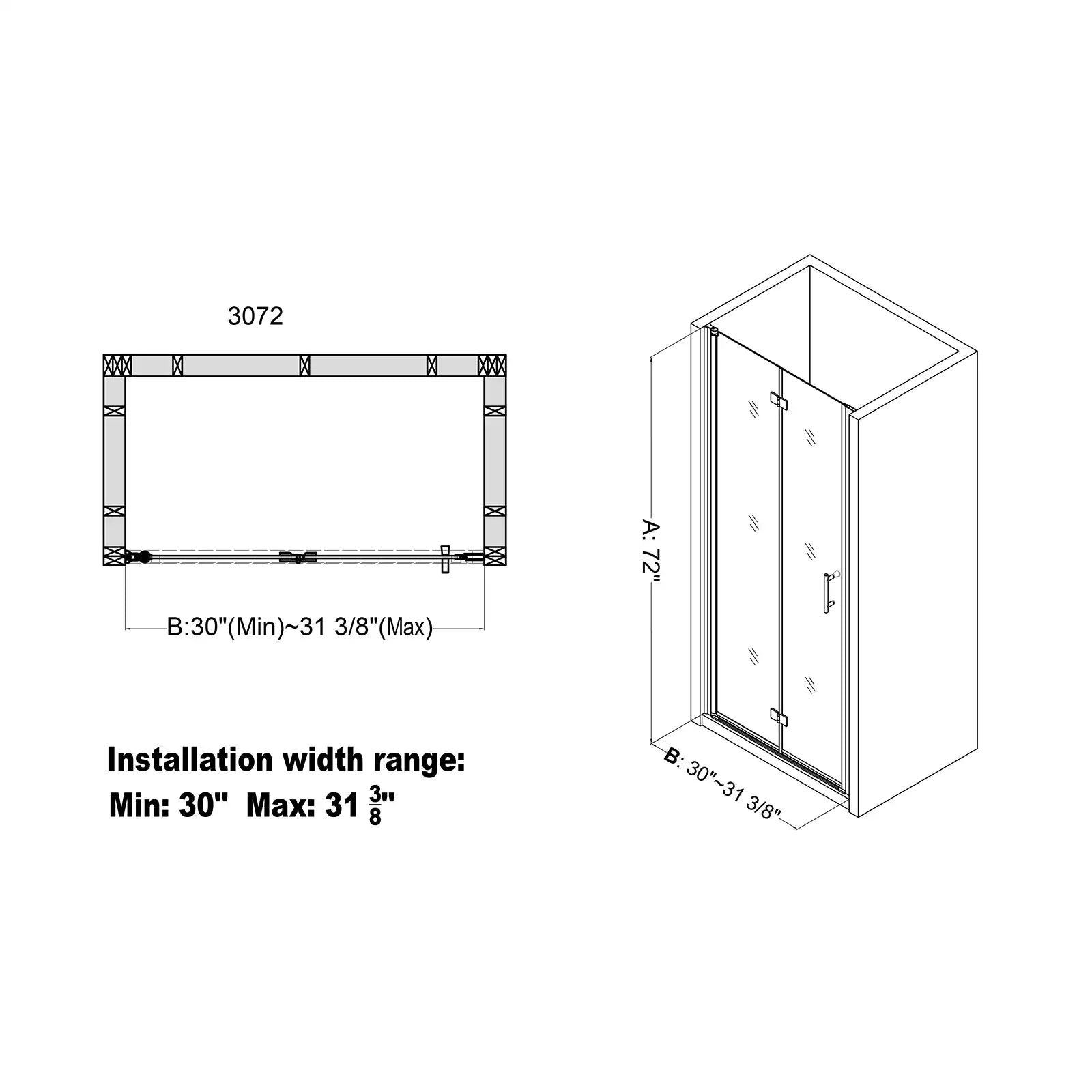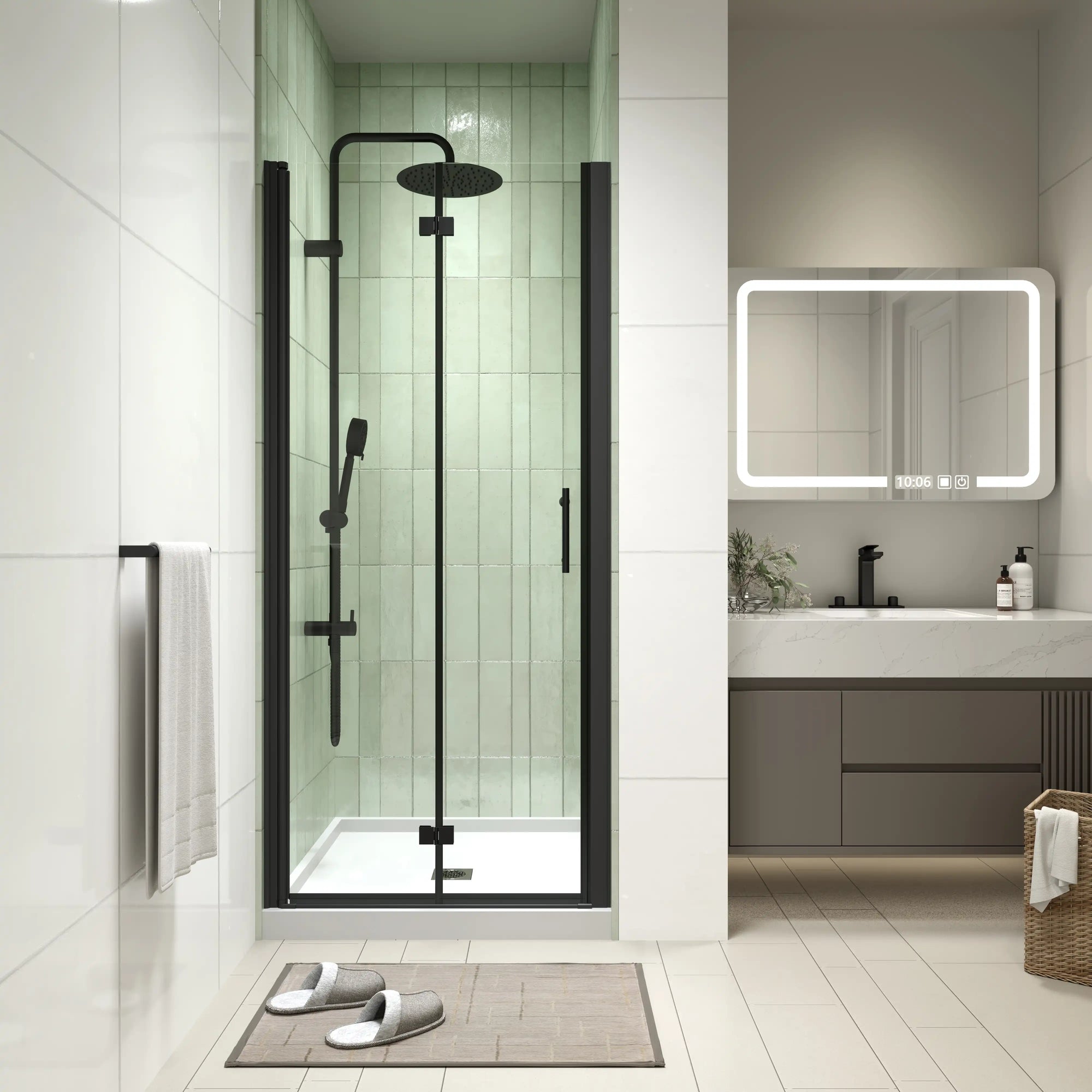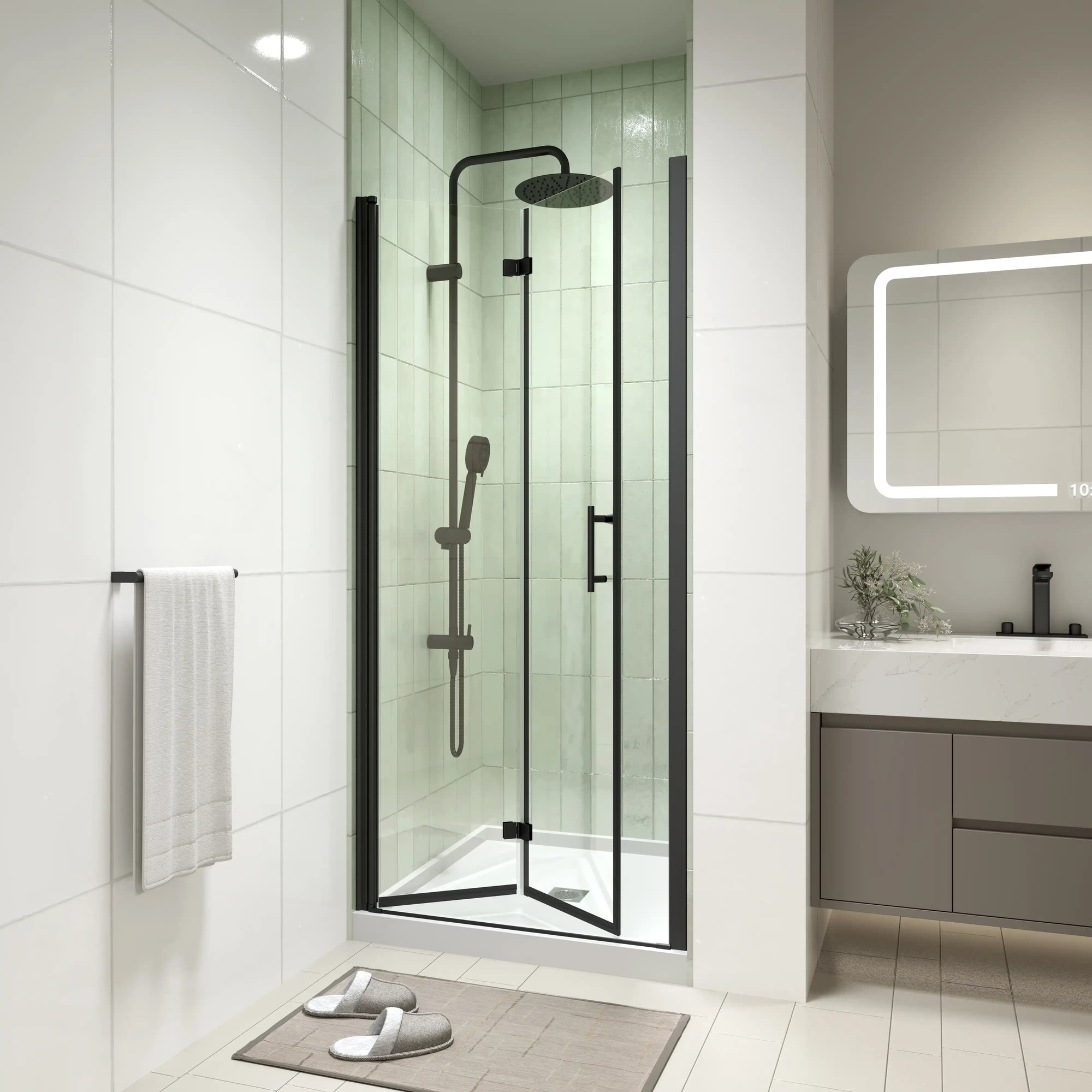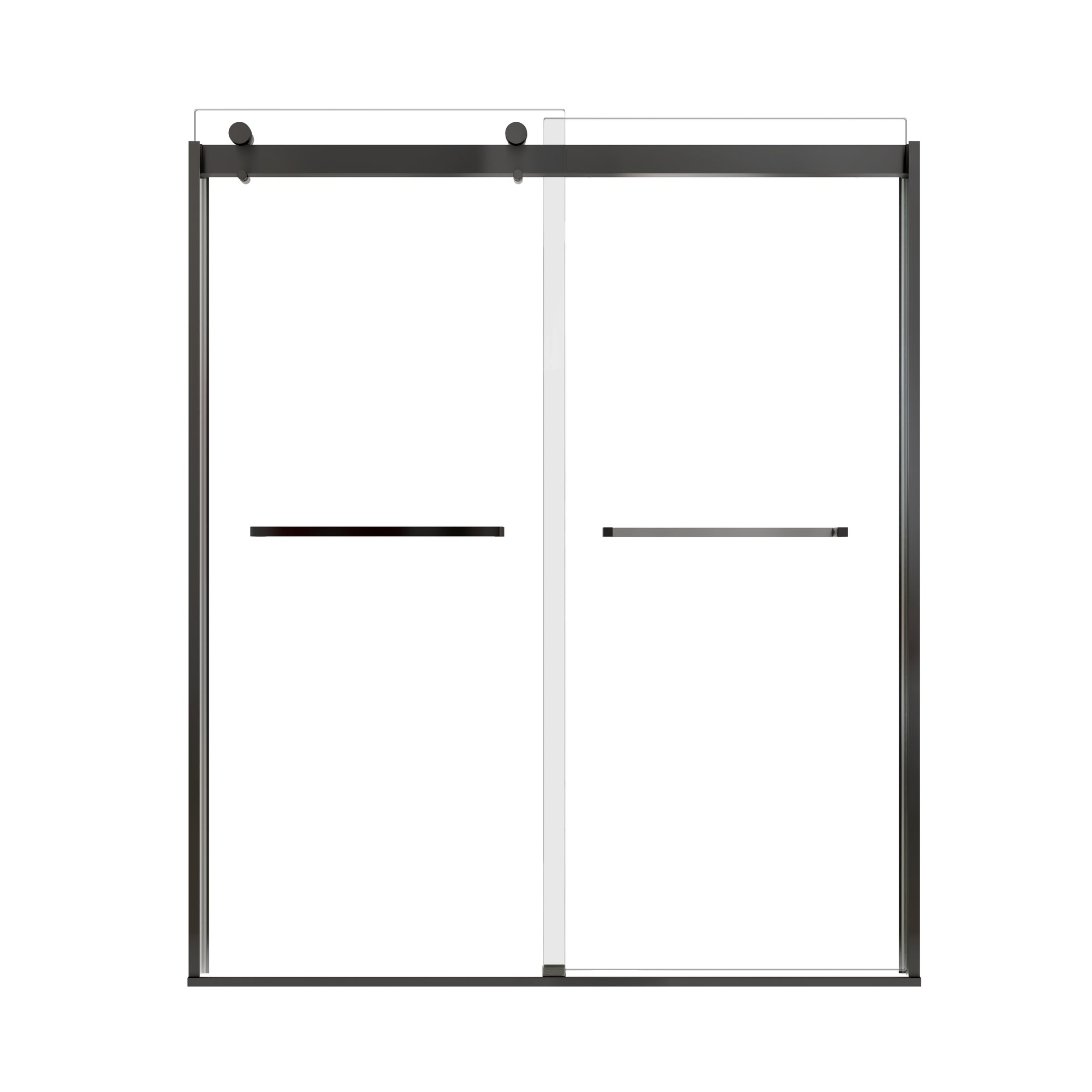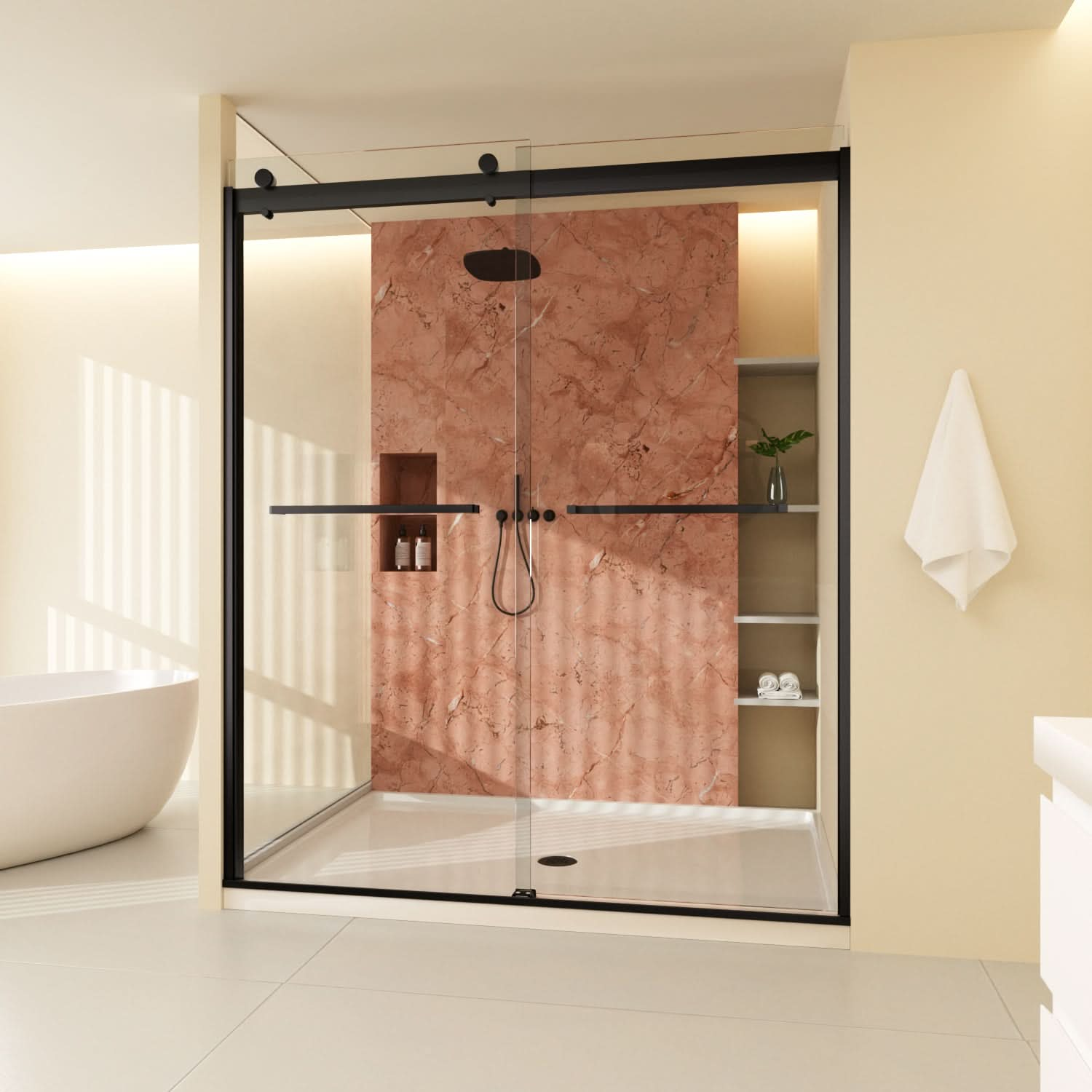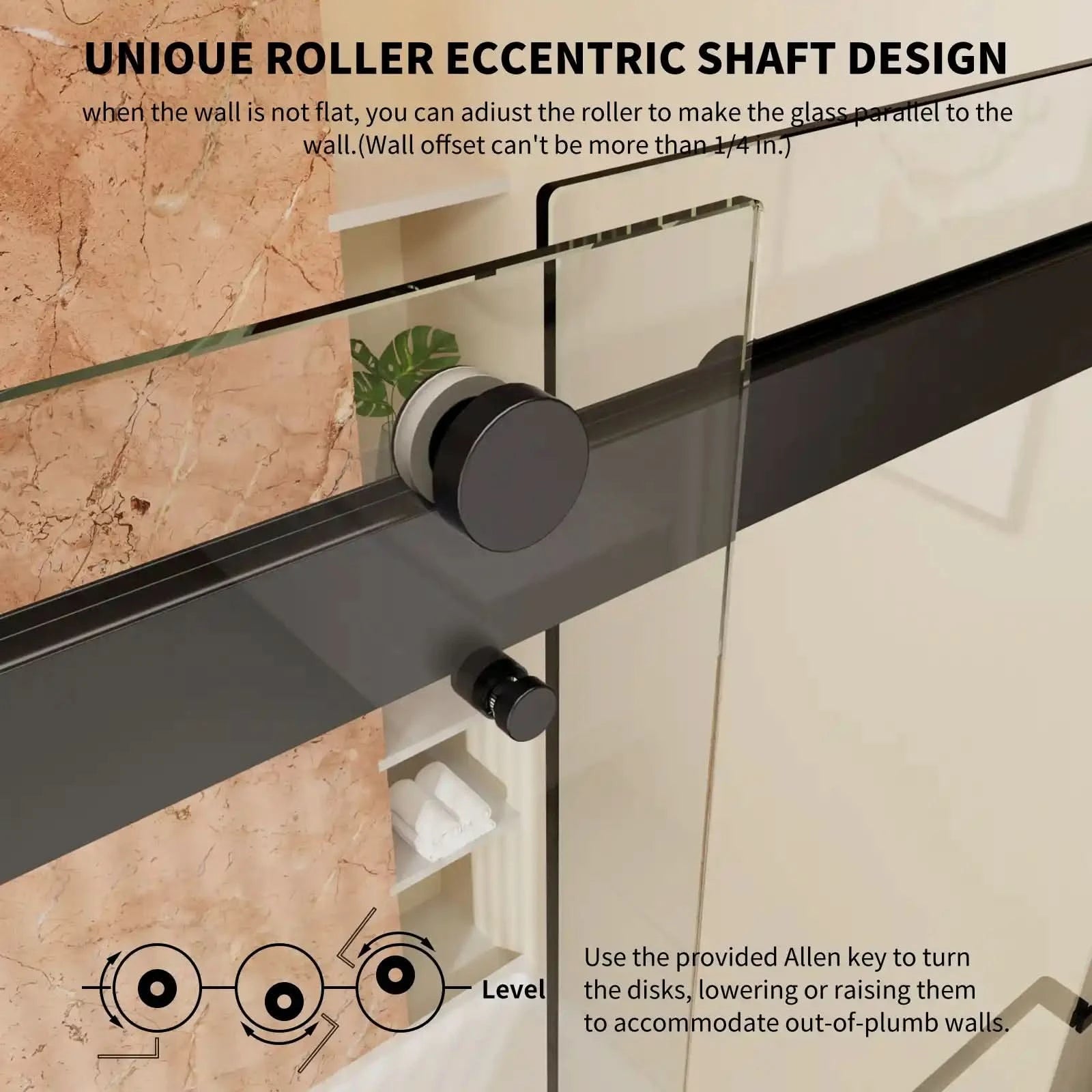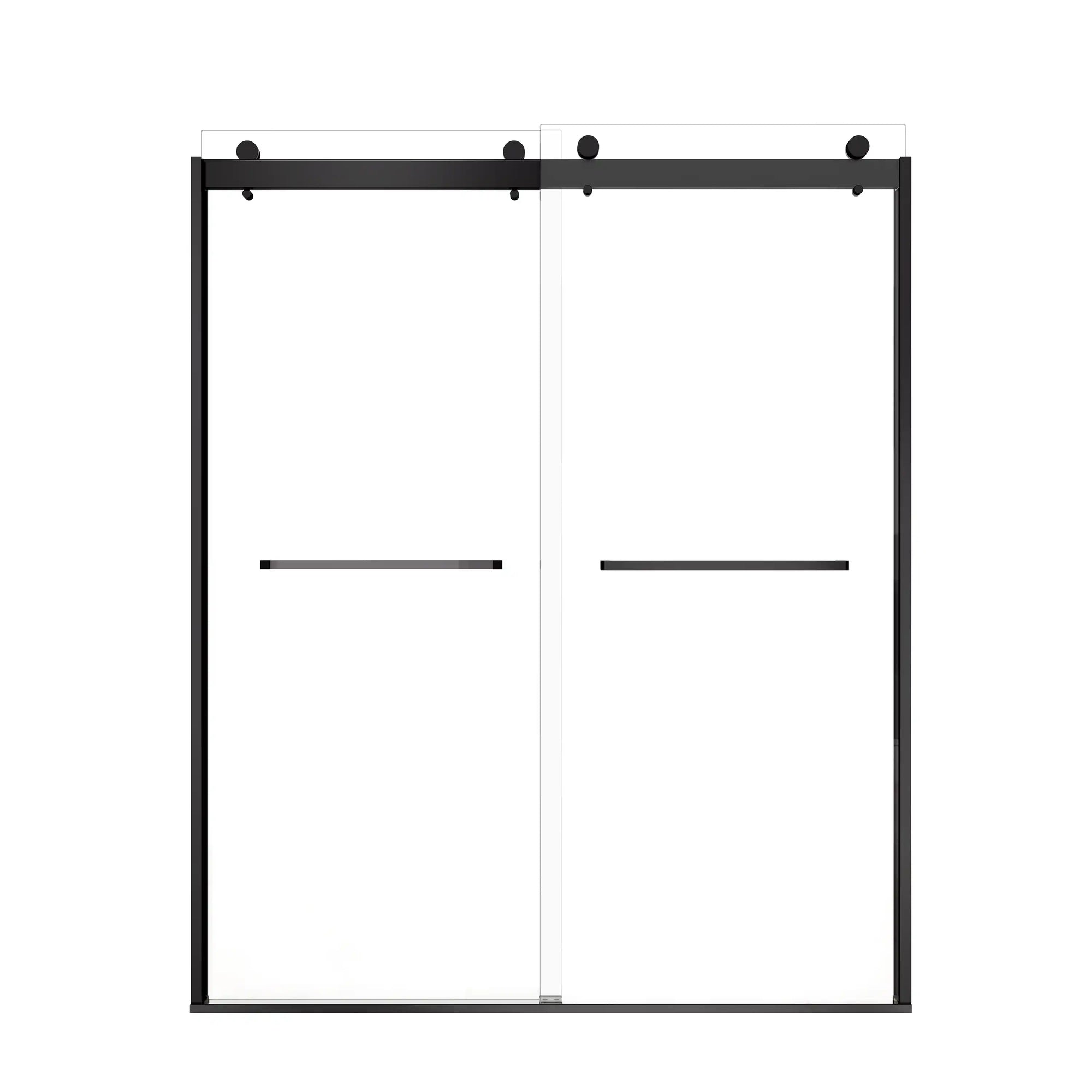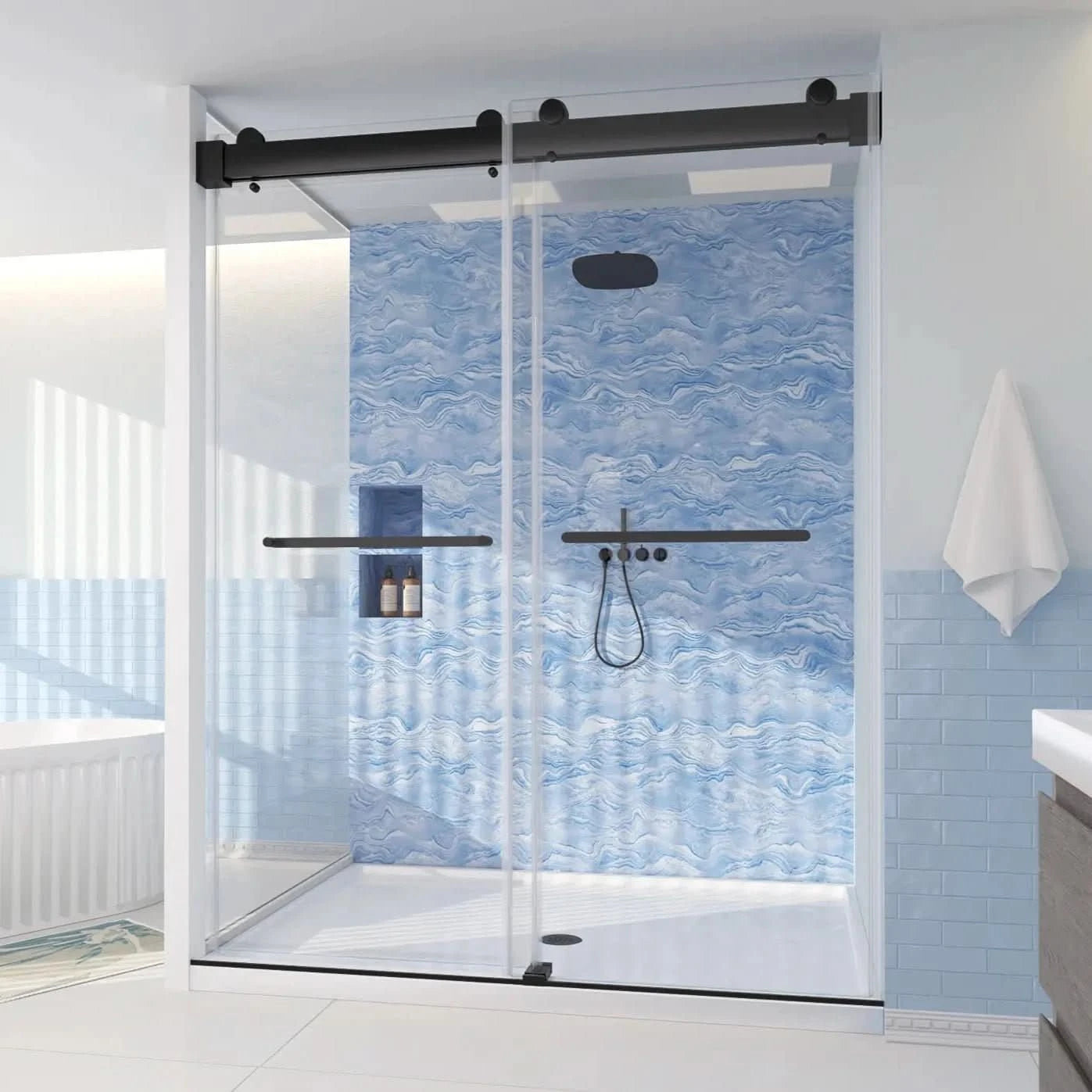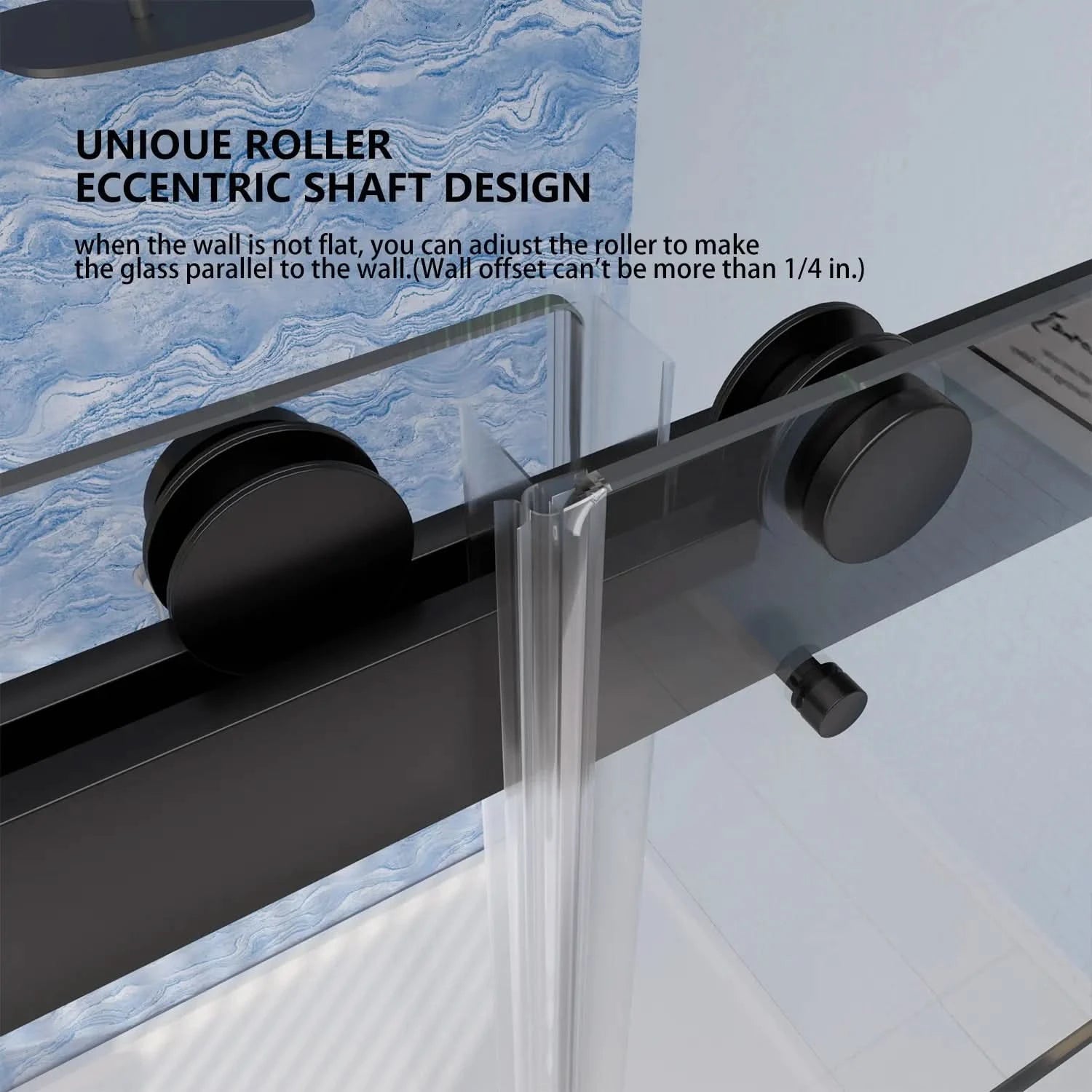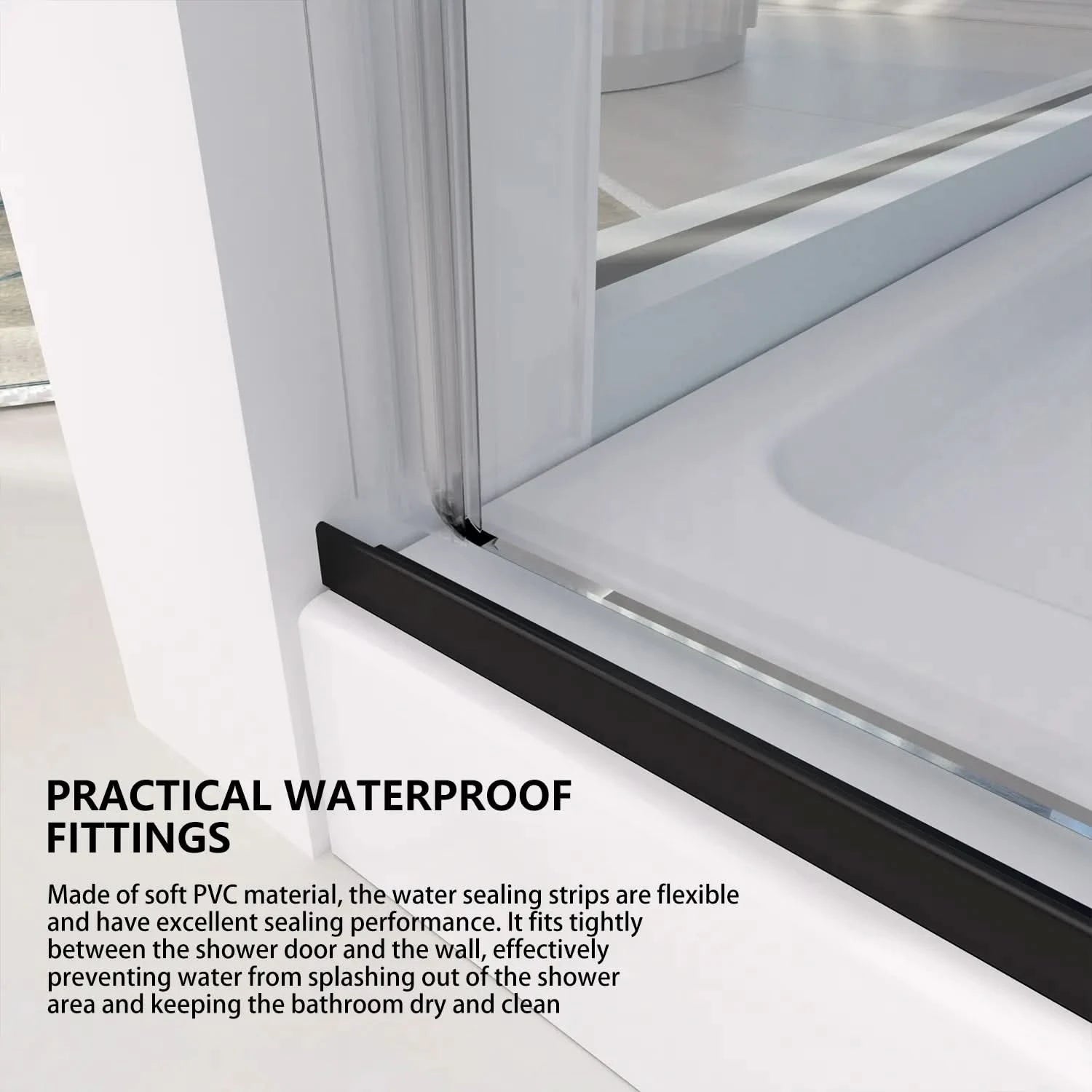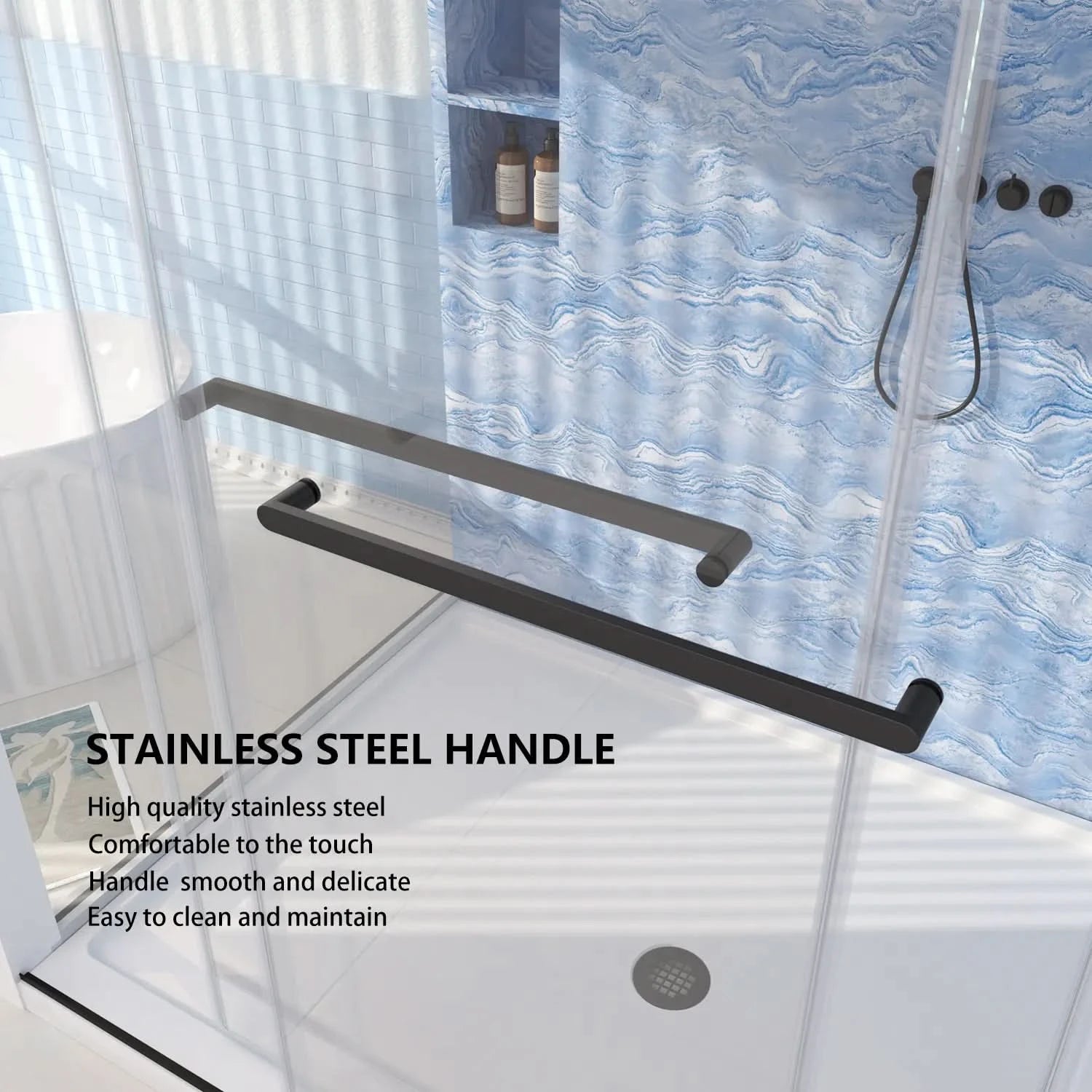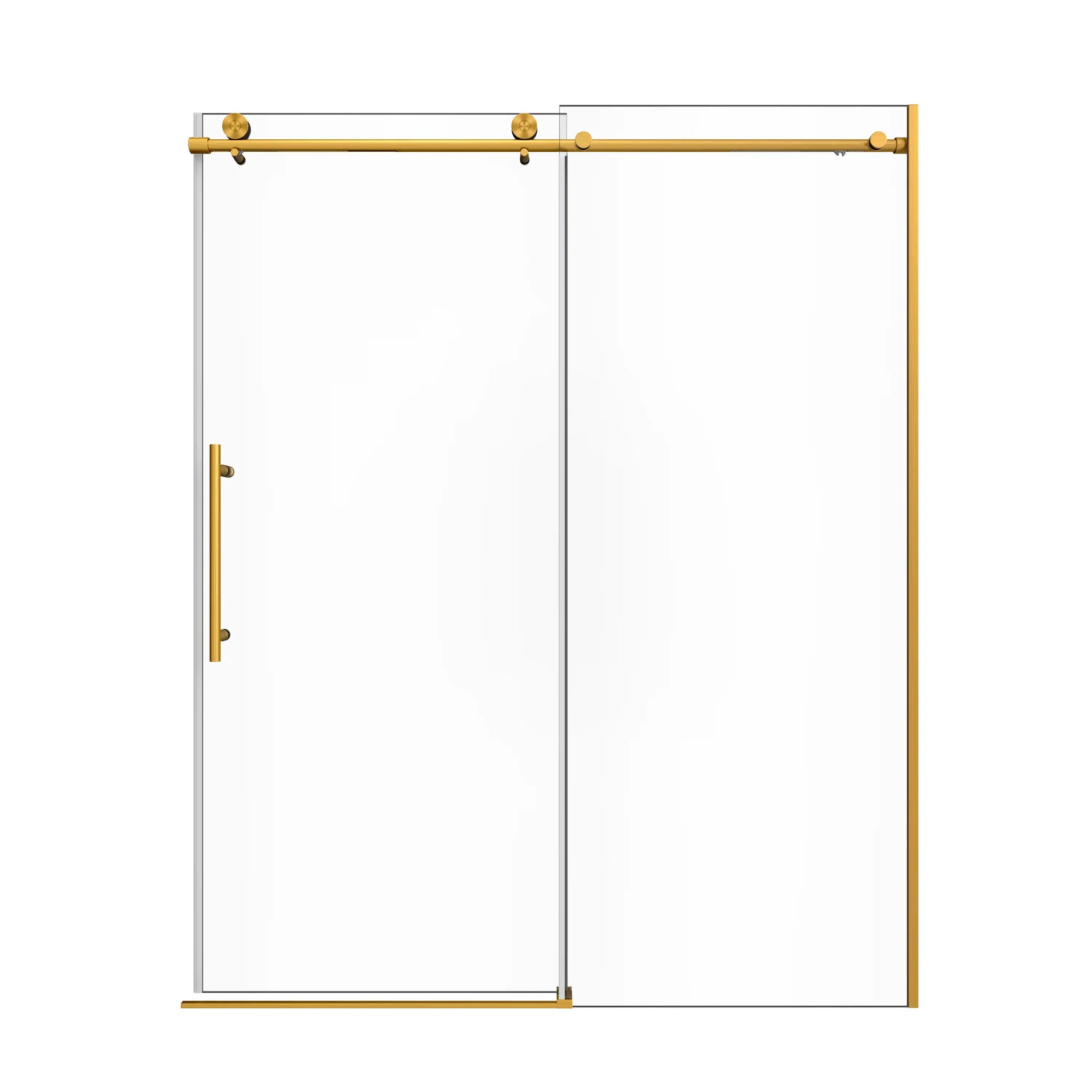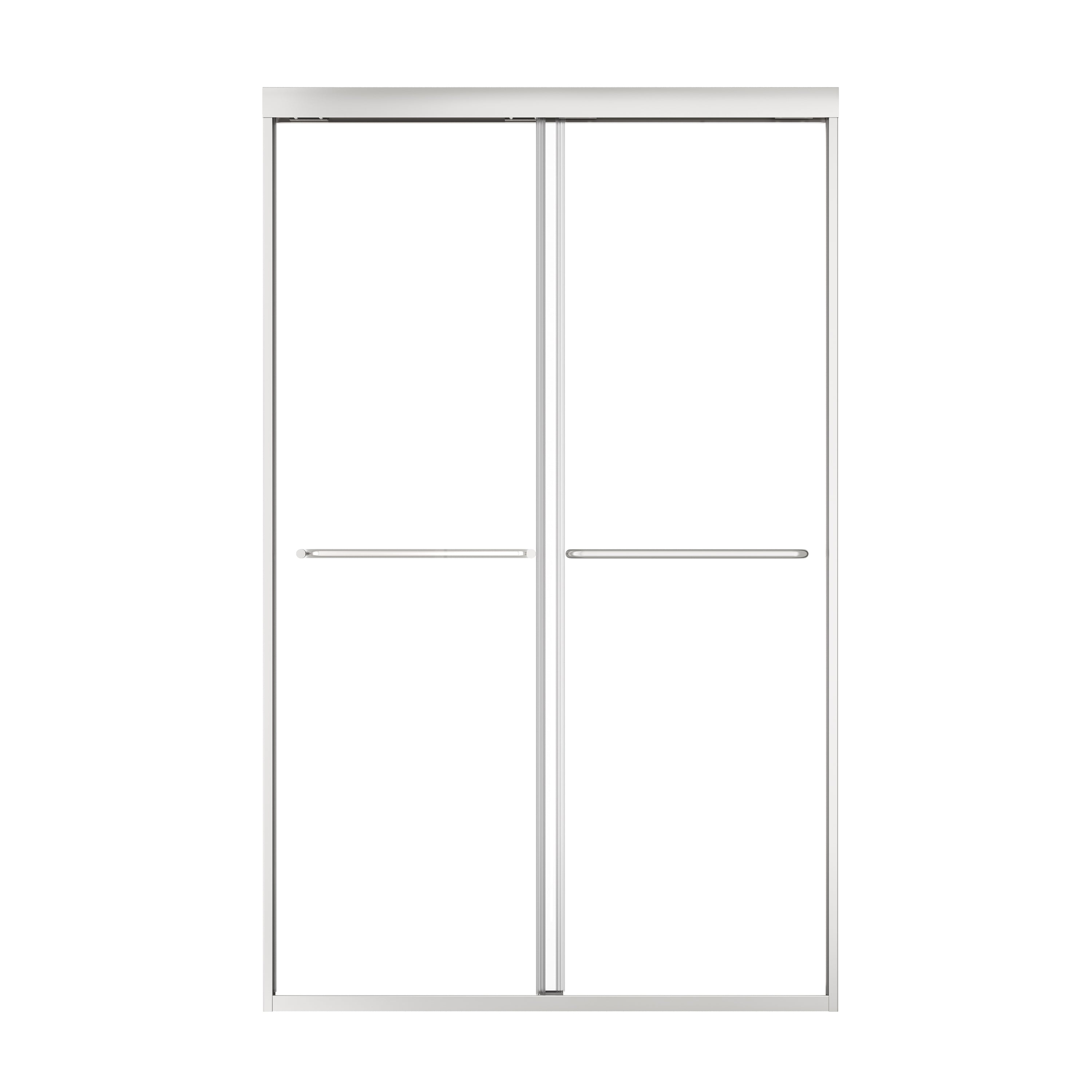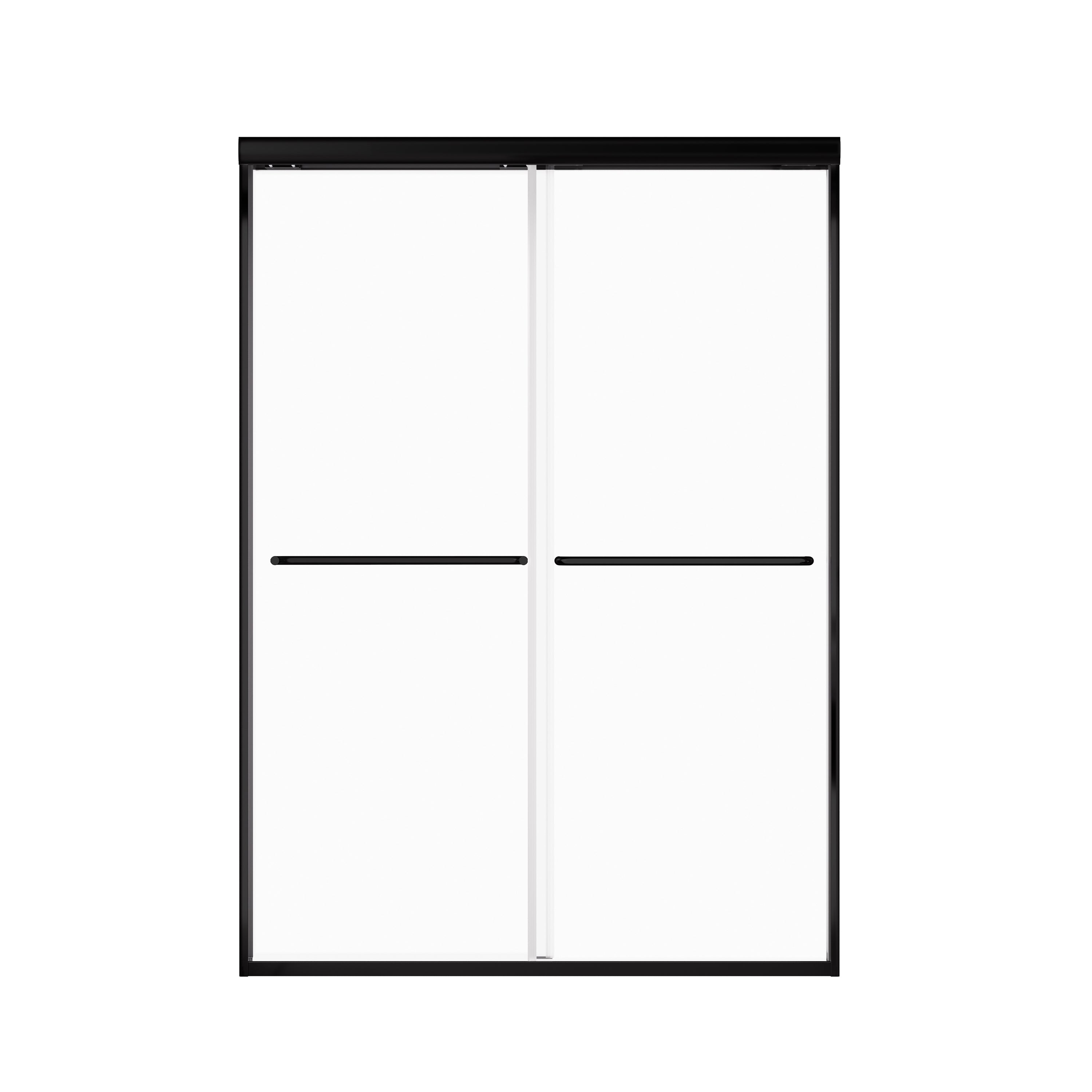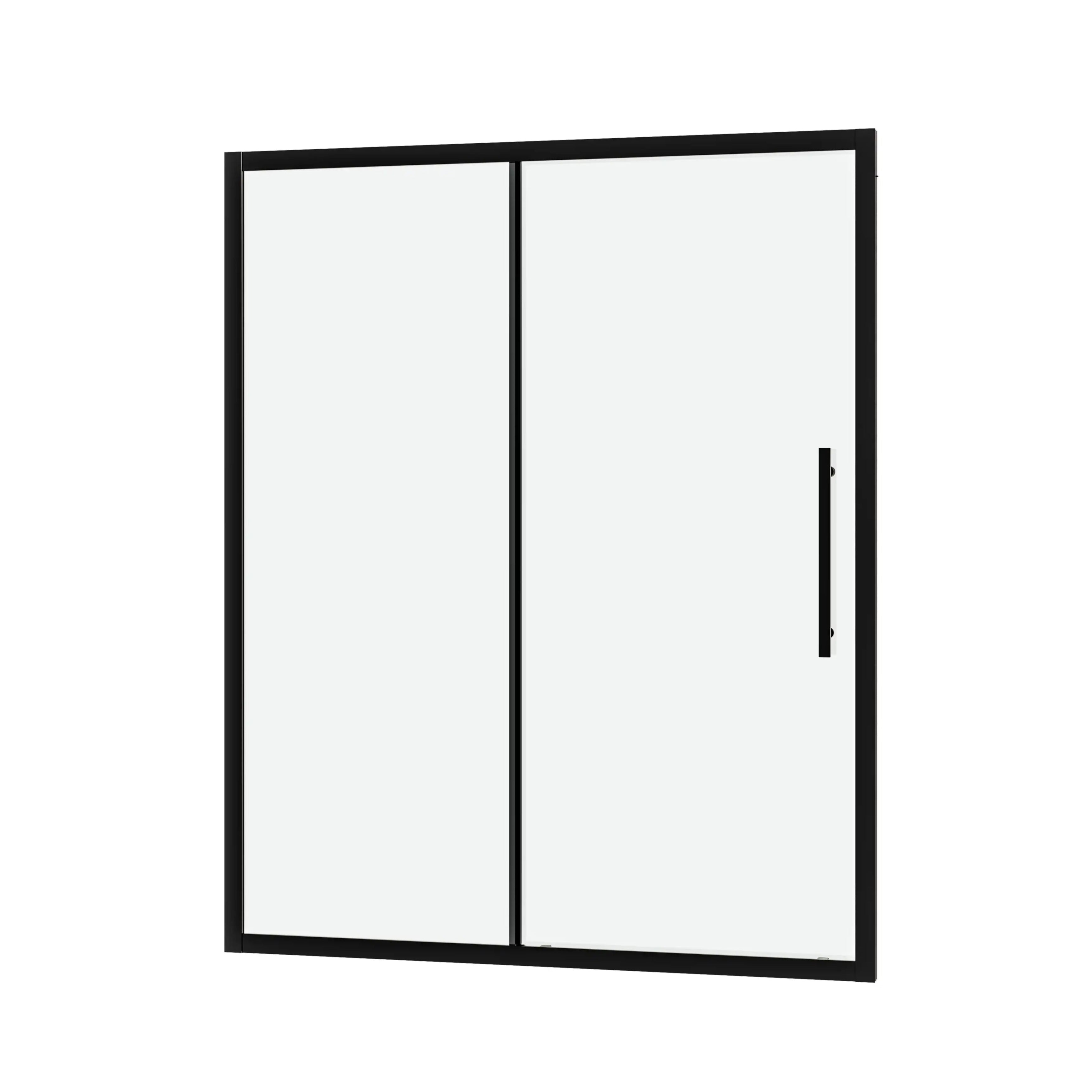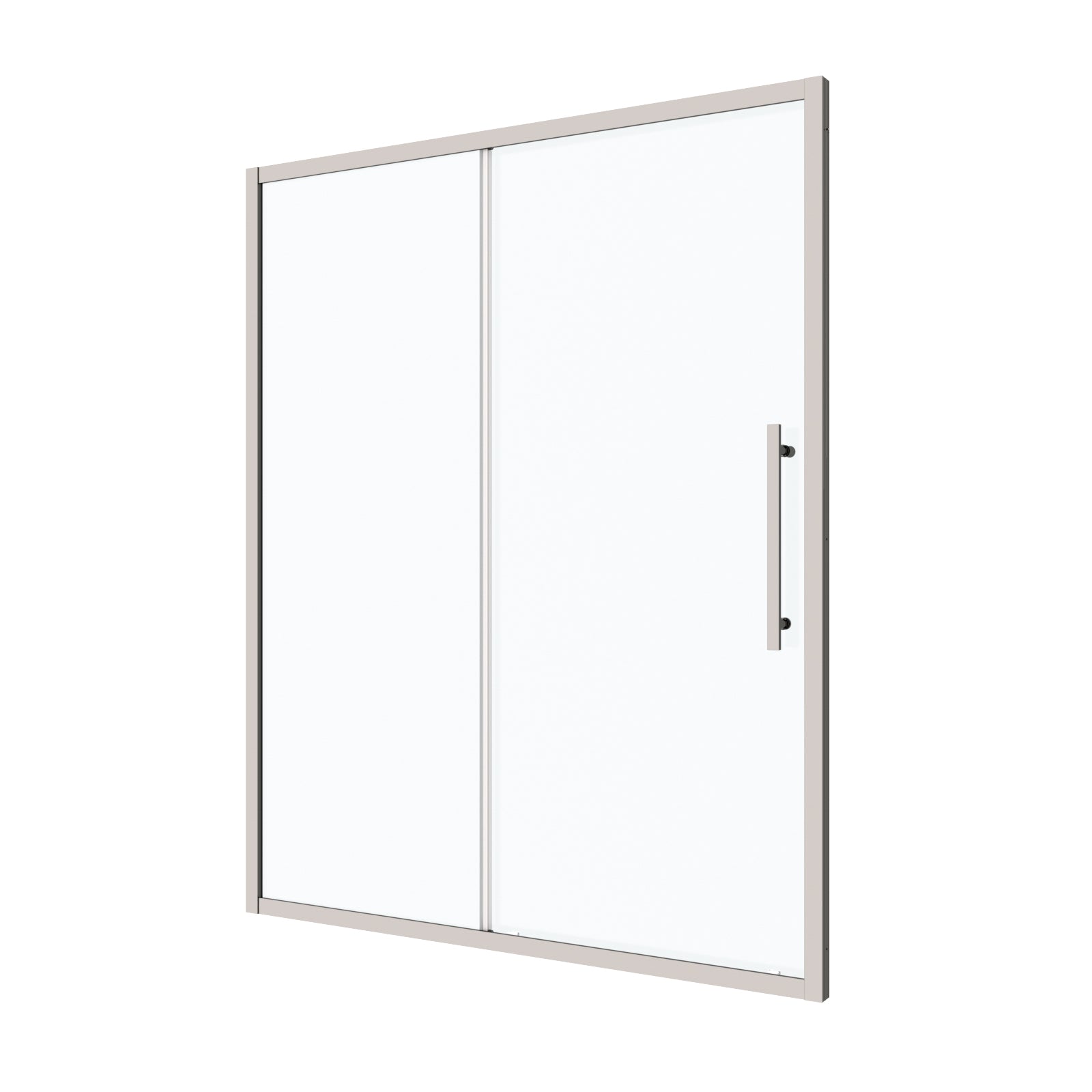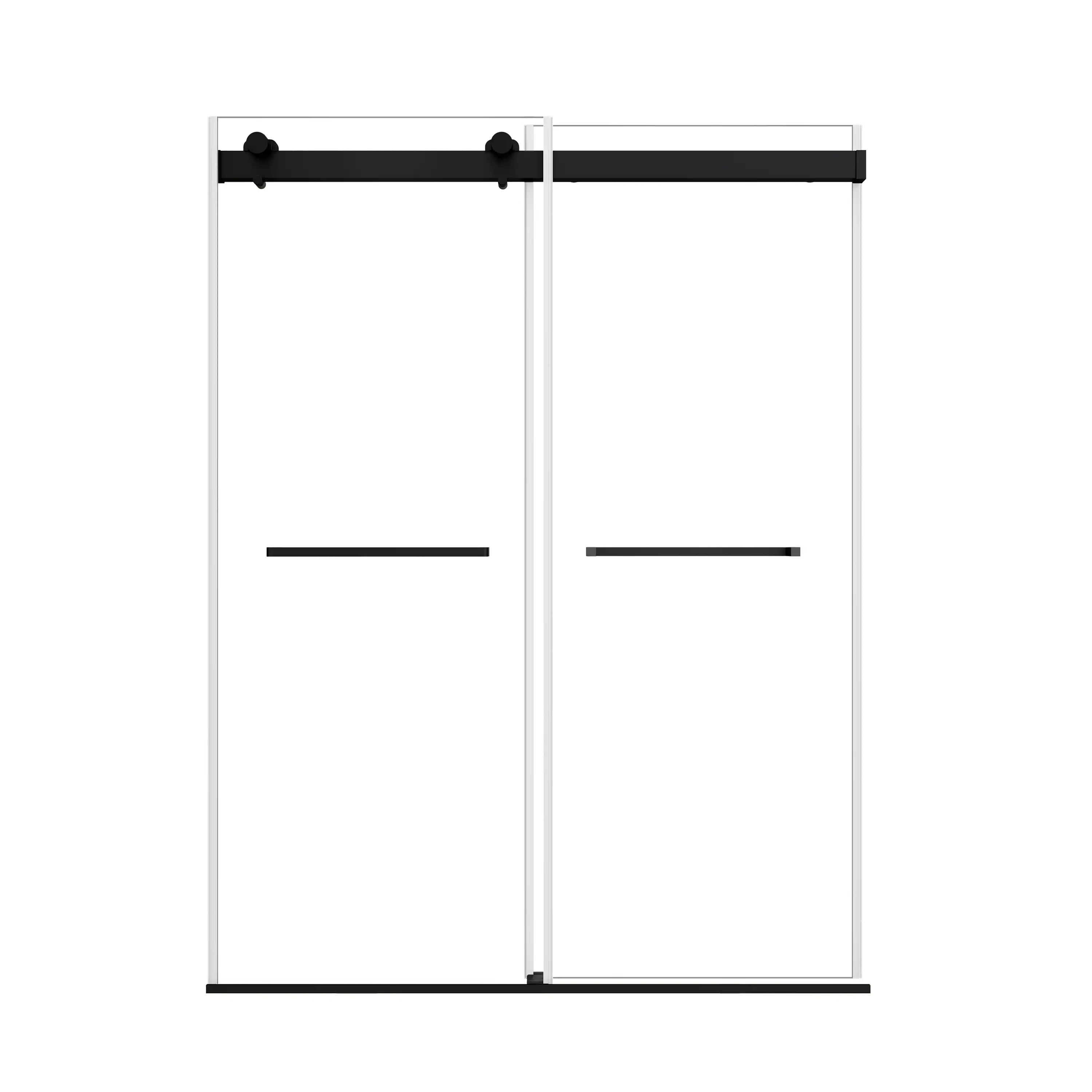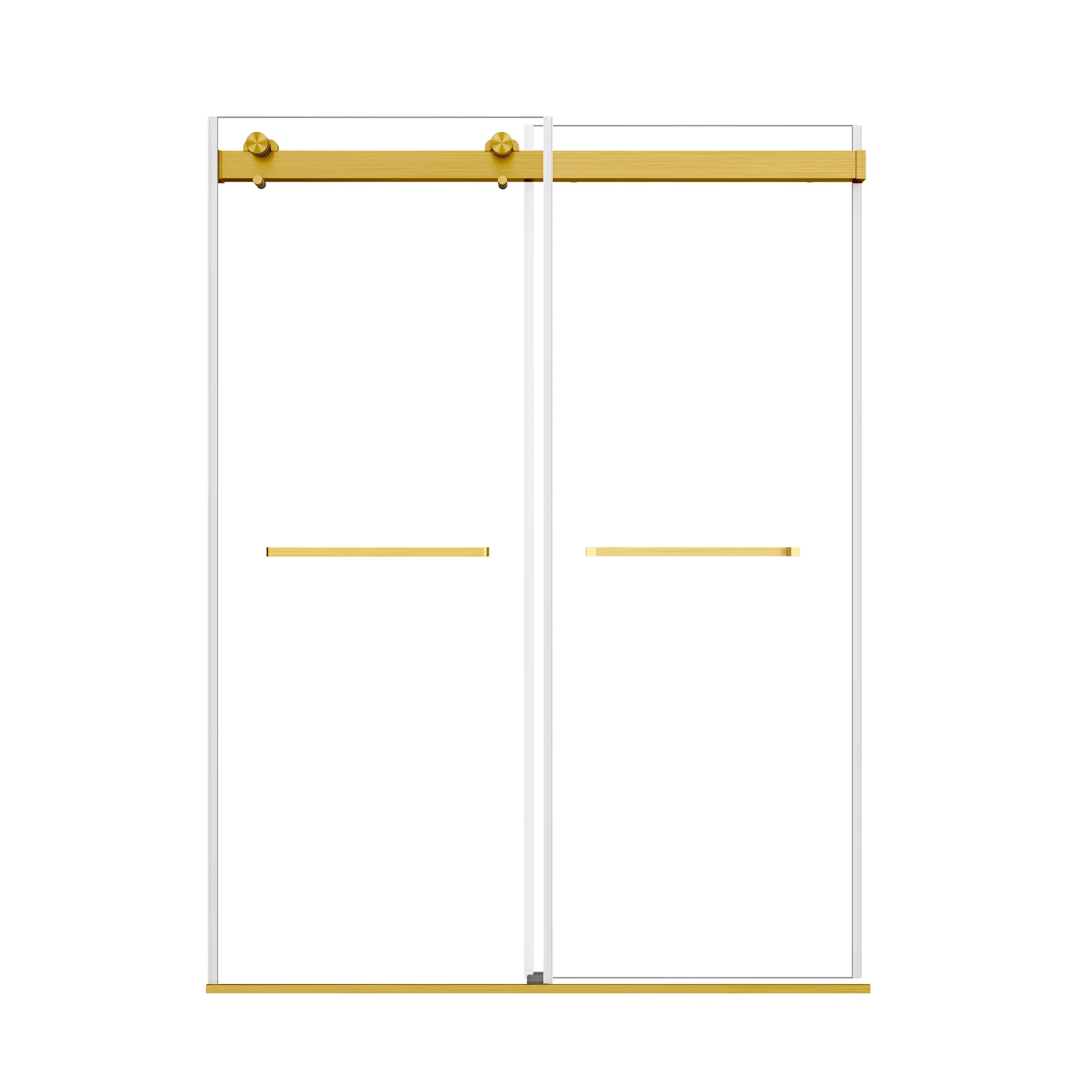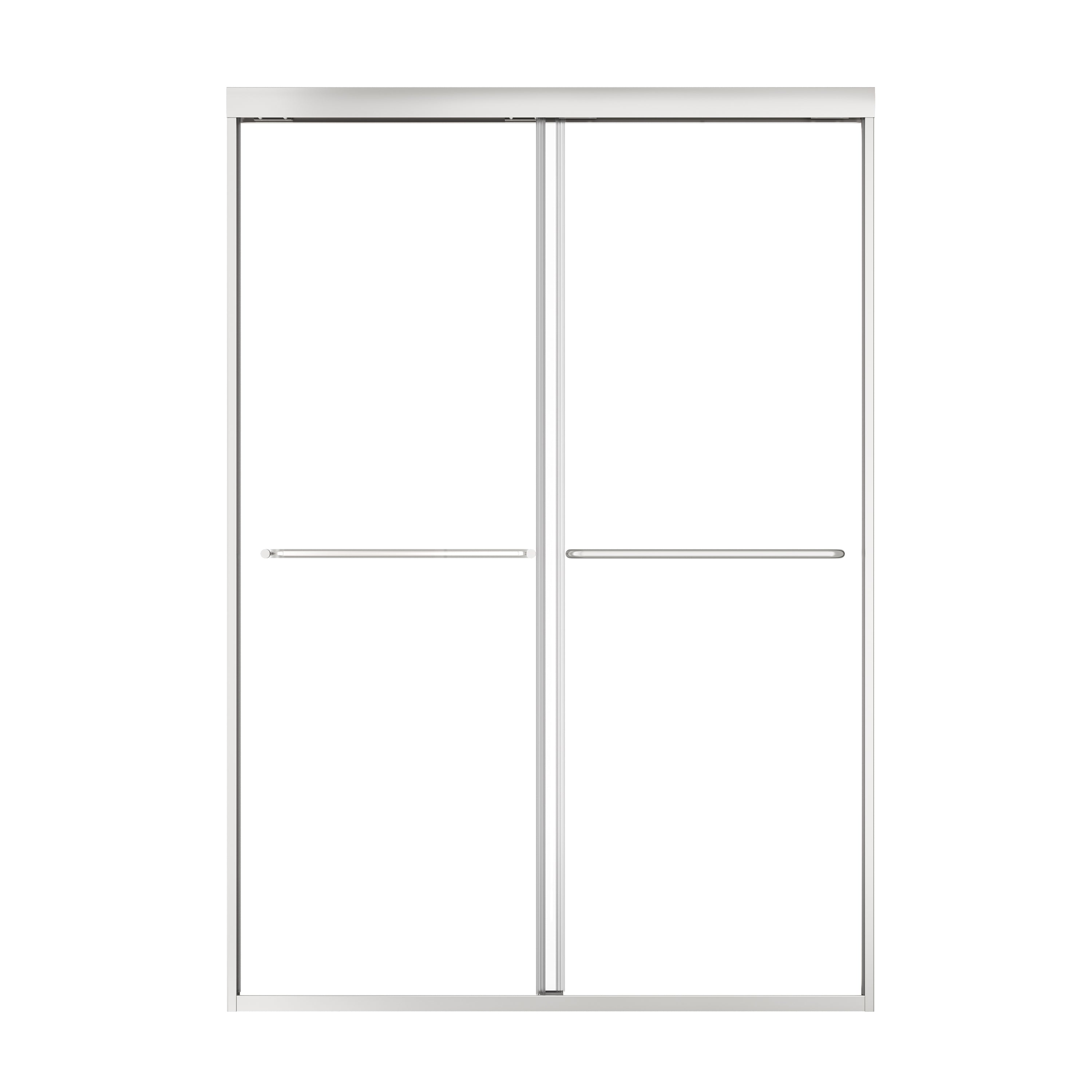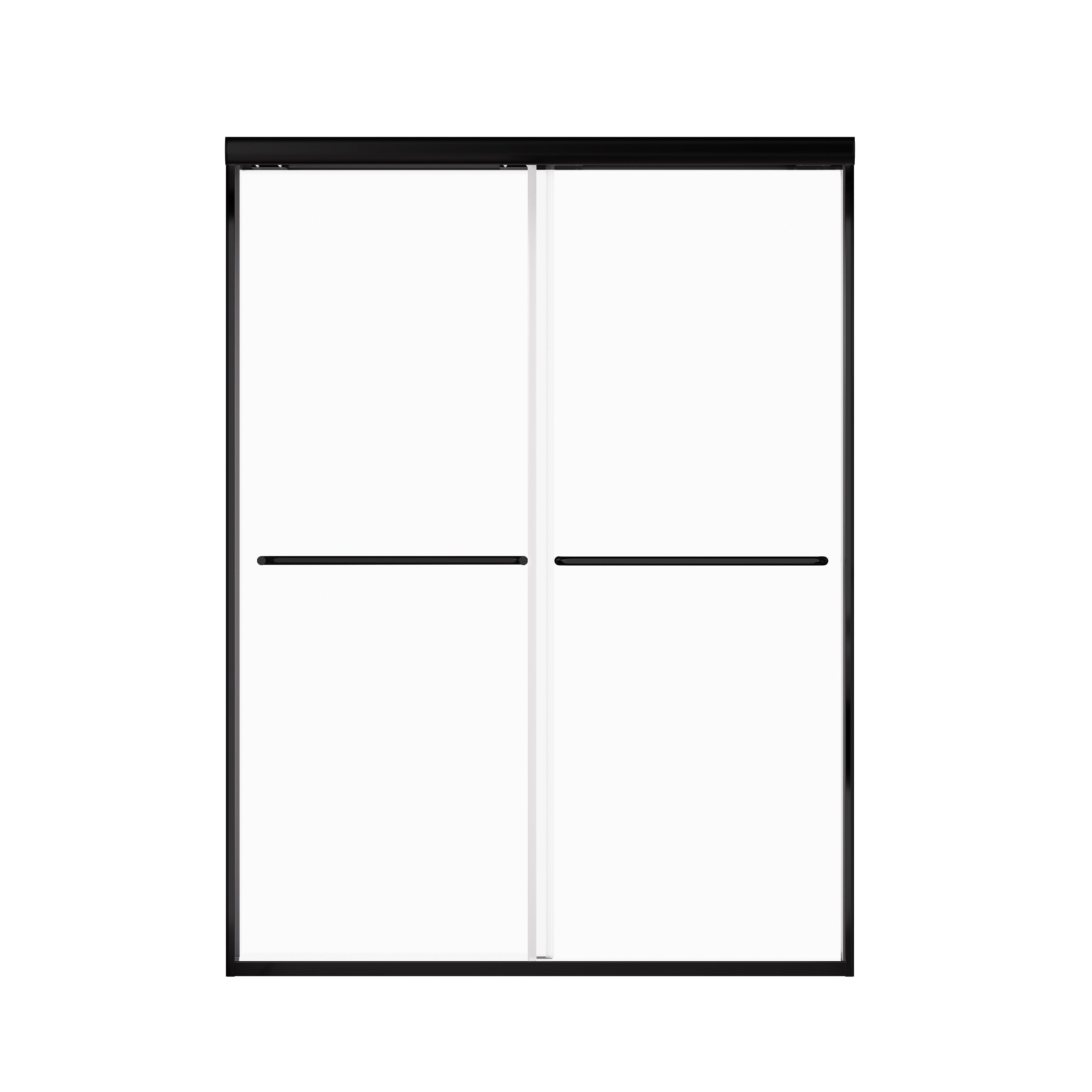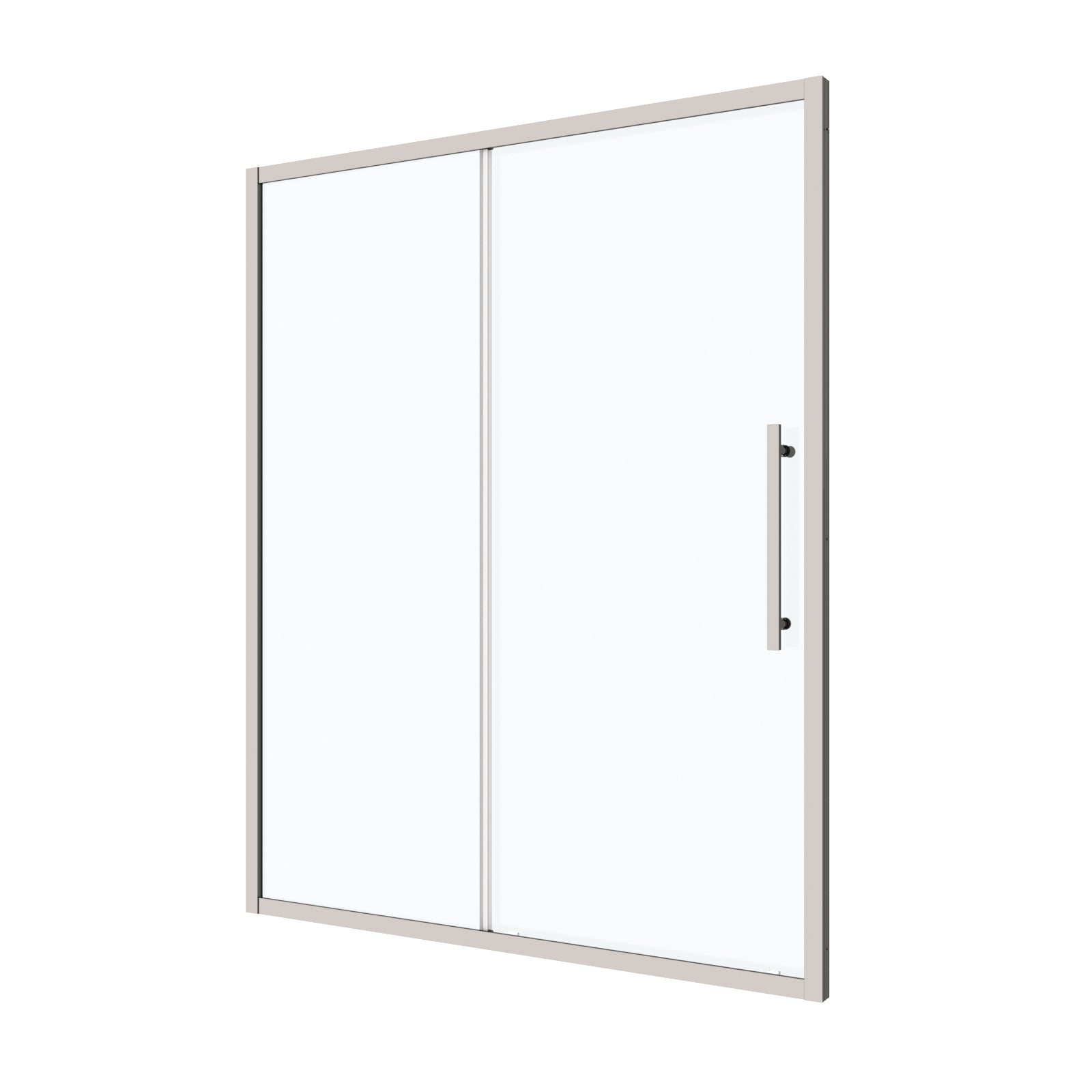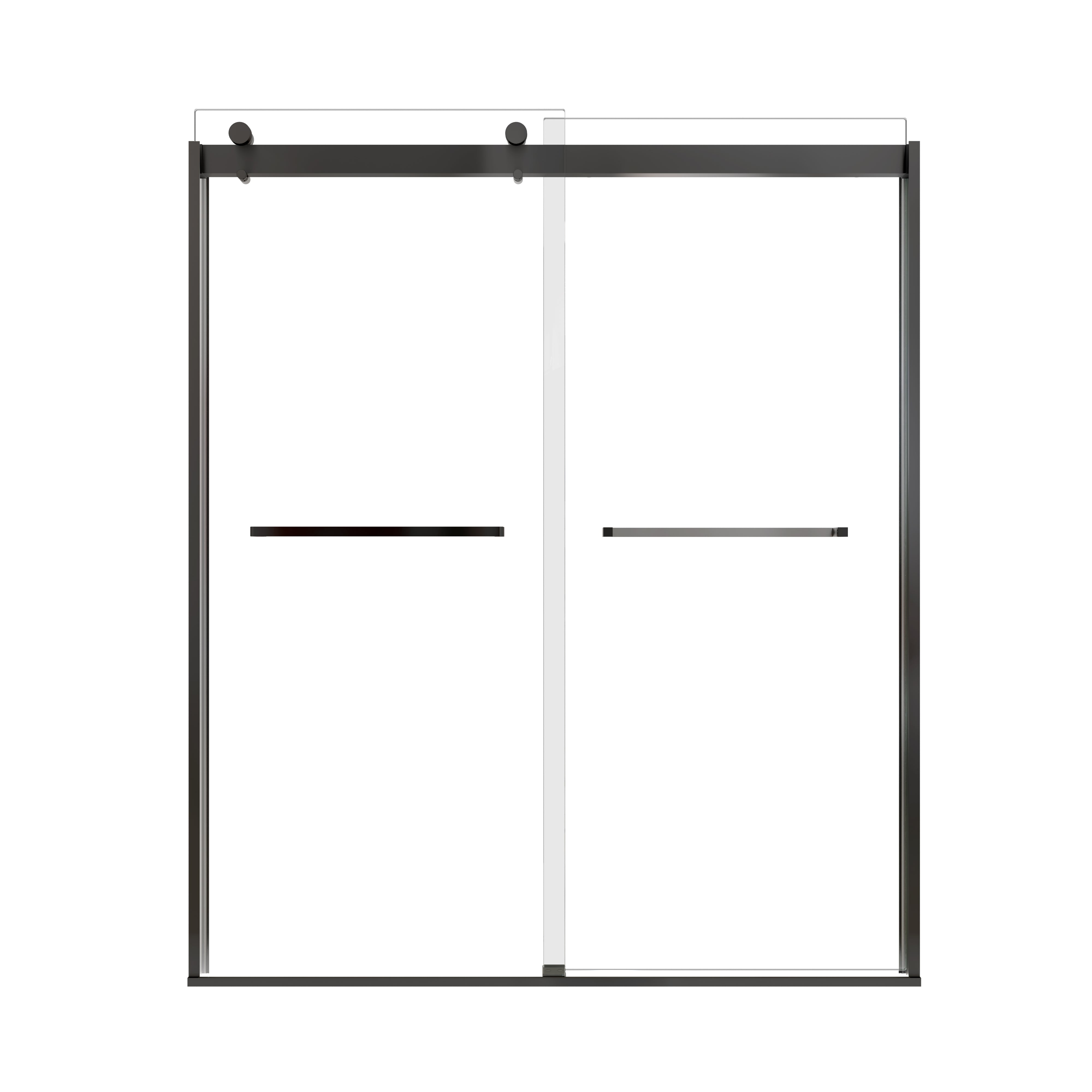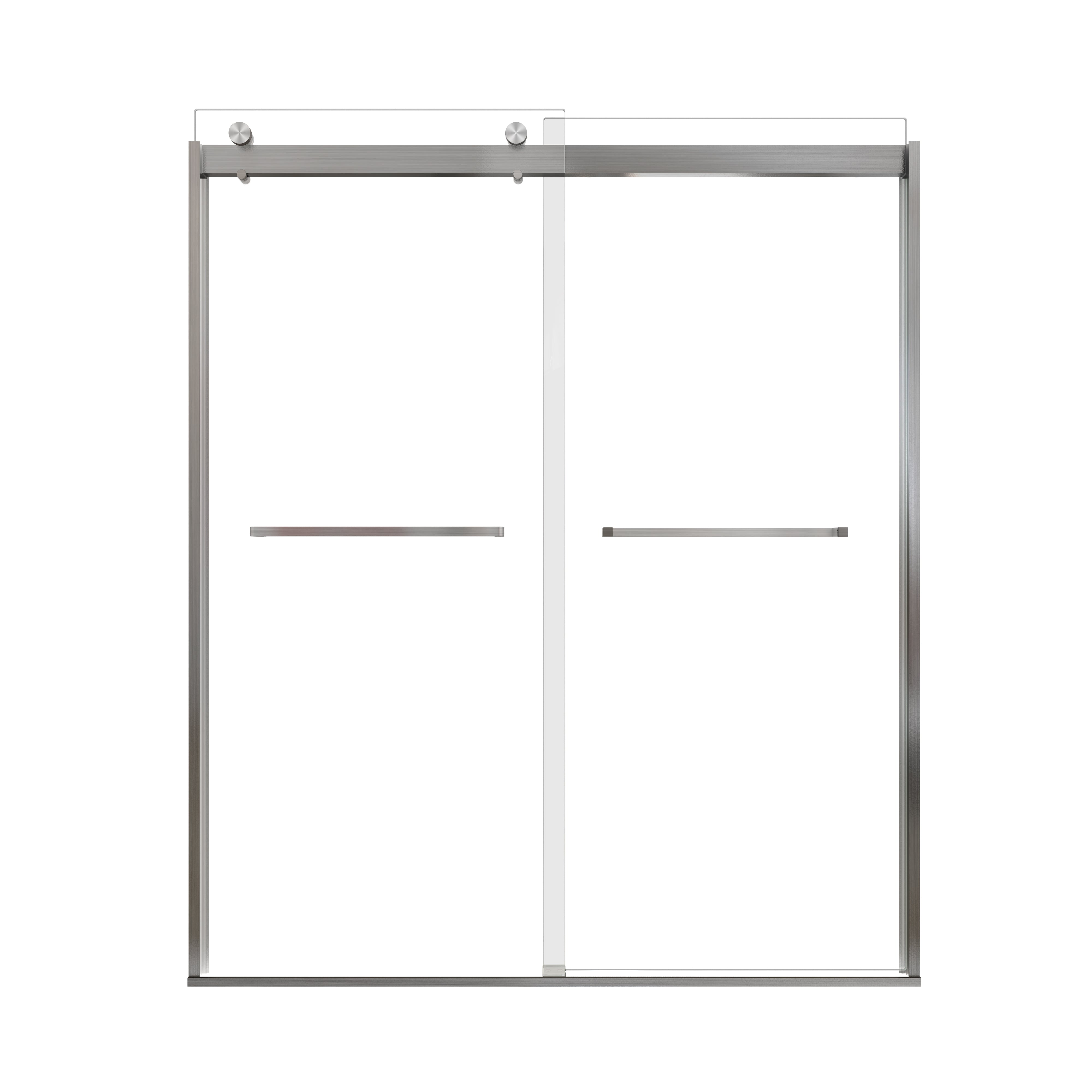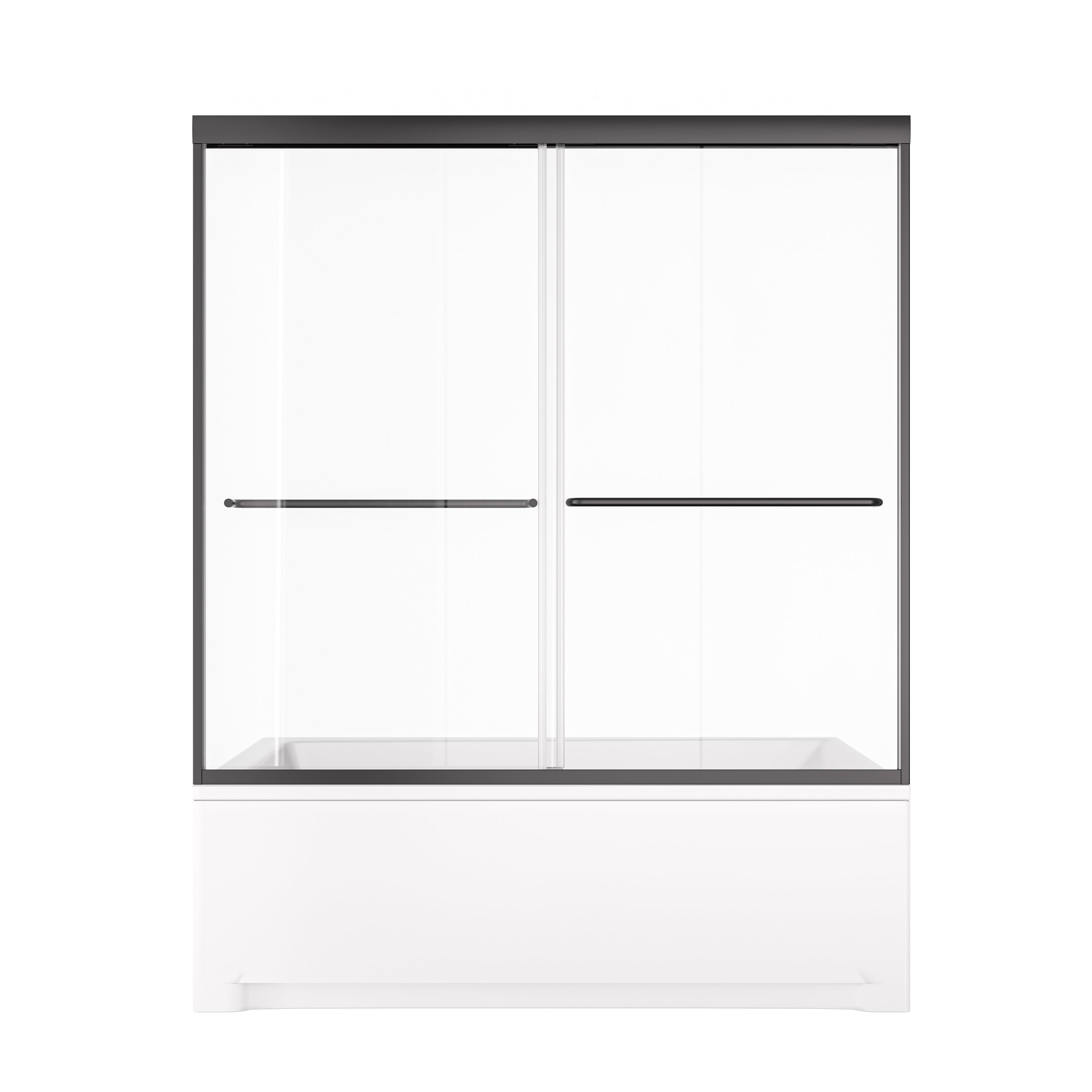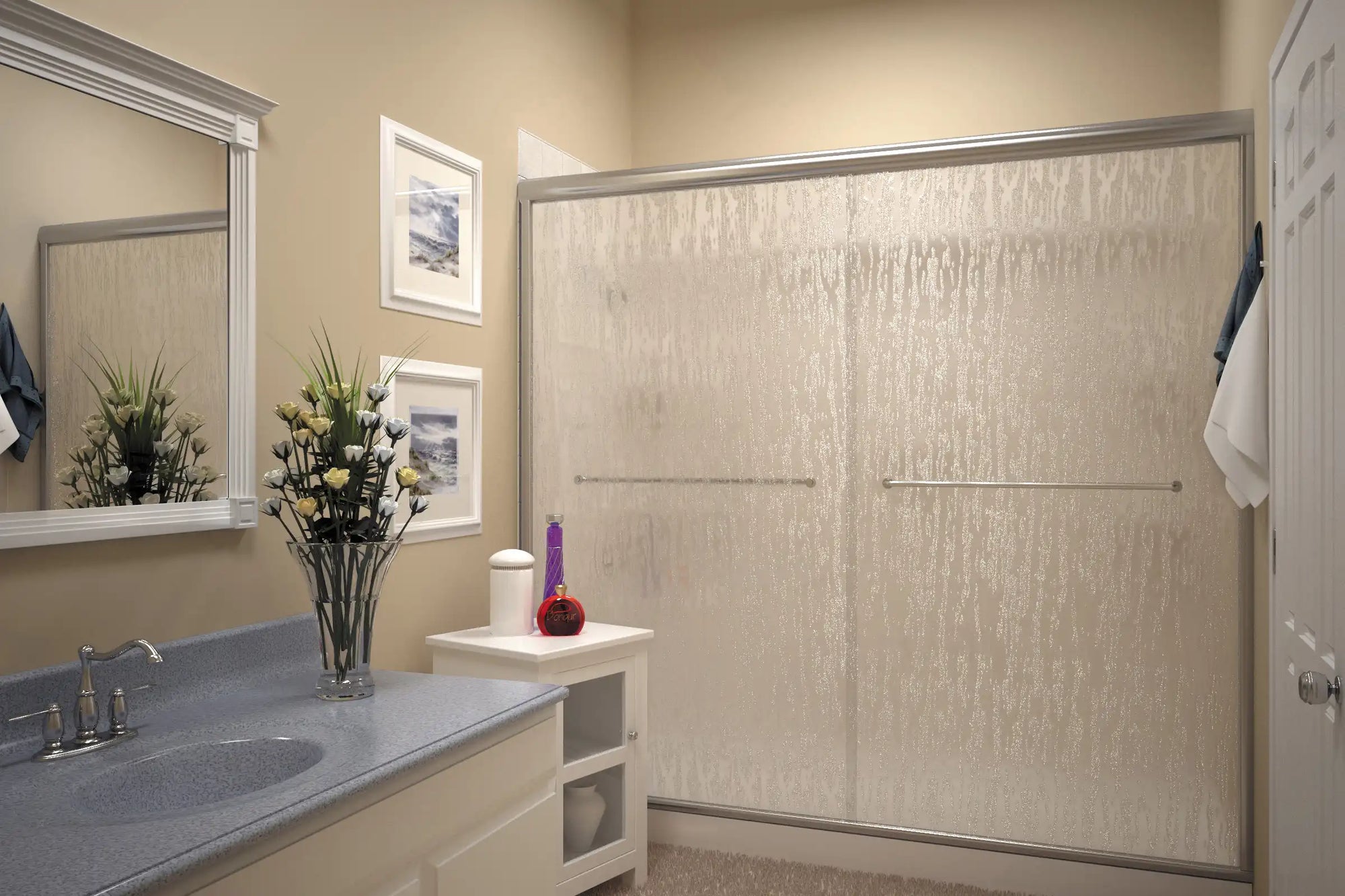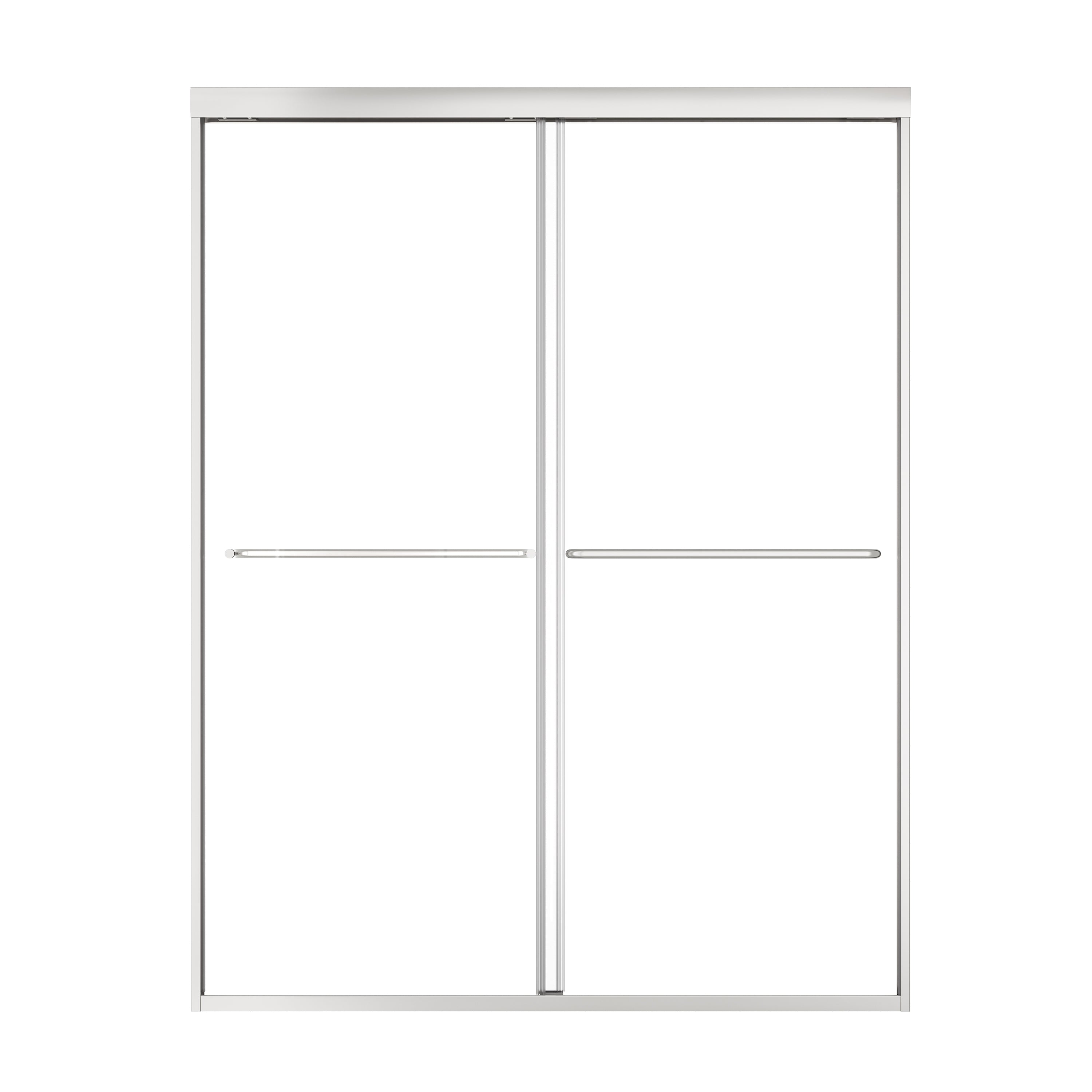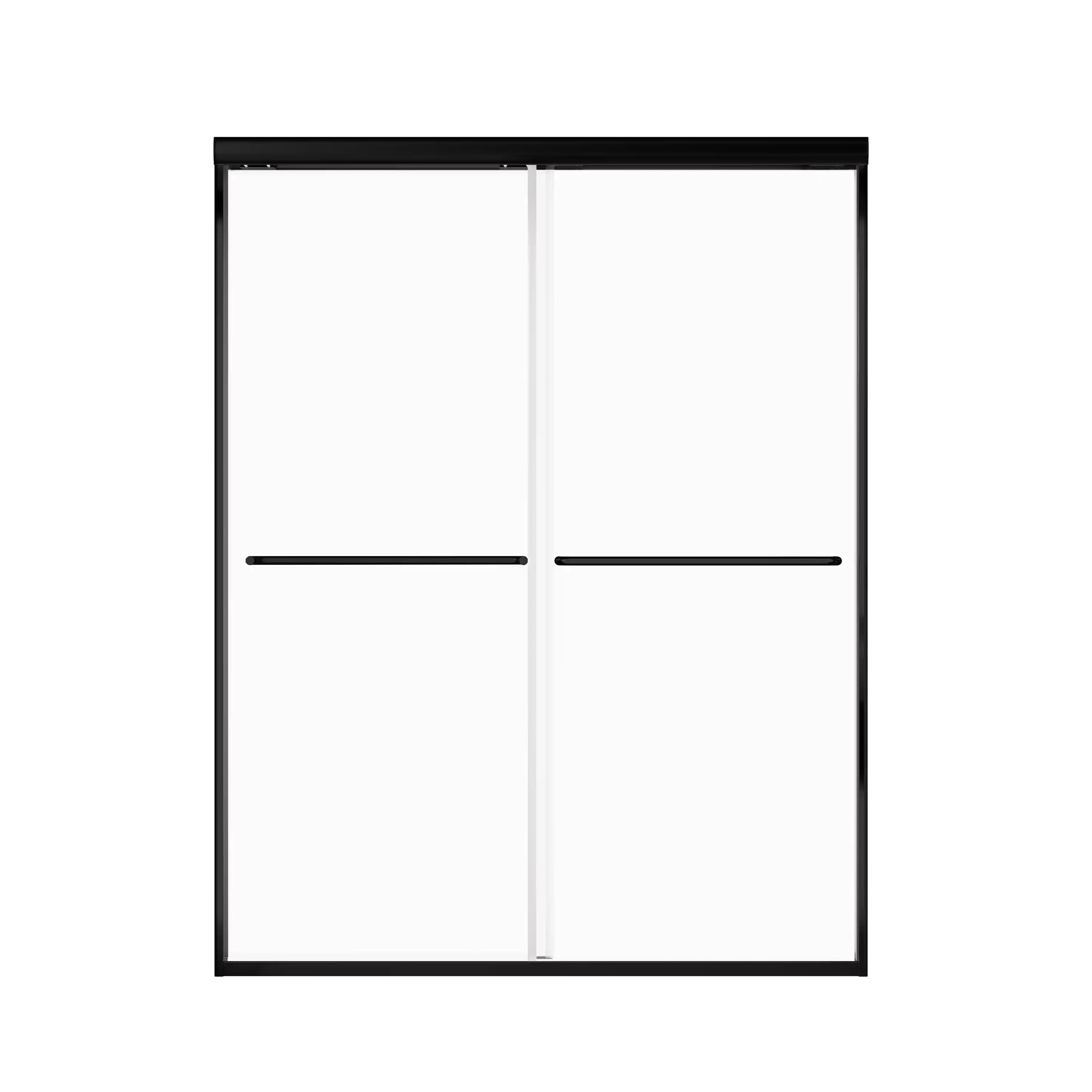For many the homeowners in North America upgrading from traditional bathtubs to beautifully modern, standing showers, sliding shower doors have become a popular selection in bathroom renovations. While style, finish, and hardware certainly matter, size is the most critical factor when selecting a shower door that not only fits your space but complies with building codes and ensures daily convenience.
In this guide we discuss the typical sliding shower door size, why 60 inches is the most common measurement, other sizes available on the market, and help you make an informed purchase based on real-life considerations.
Table of Contents:
- The 60-Inch Standard: Where It Comes From and Why It Still Dominates
- Other Sliding Shower Door Sizes: What Are Your Options?
- How to Choose the Right Size Sliding Shower Door for Your Bathroom
- Real Customer Questions About Shower Door Sizes – Answered by Experts
- Conclusion: Size First, but Don’t Forget the Details
- FAQ: Sliding Shower Door Sizes and Installation
The 60-Inch Standard: Where It Comes From and Why It Still Dominates
If you've begun your search for a sliding shower door, you've likely noticed the standard sliding shower door size is 60 inches wide. But why 60 inches?
For decades, the most common configuration in North America homes was the alcove bathtub, which typically measured 60 inches in length. As more homeowners seek functional, stylish upgrades, many are removing their dated tubs and replacing them with standing showers.
This standardized width eliminates guesswork and makes for an easier retrofit during remodels. It’s no surprise that a majority of our clients renovating their primary or guest bathrooms are working with this exact dimension. Since the width remains at 60-inches, they simplify the process and do not create structural changes — reducing time and cost.

Other Sliding Shower Door Sizes: What Are Your Options?
While 60 inches is the most common, it’s far from the only choice available. Sliding shower doors are offered in a wide range of sizes, typically from 48 inches through 72 inches, to fit with the layout of the bathroom.
-
Smaller sizes (e.g., 48”) are suitable for compact bathrooms, but it's essential to understand the design limitations. Since a sliding door works by one glass panel sliding over the other, its opening covers only about 50 percent of the total width. This means a 48-inch sliding door typically provides an entry opening slightly less than 24 inches. For openings narrower than 44 inches, we recommend considering pivot or hinged doors, which provide wider access.
-
Larger sizes (like 72”) are designed for spacious, high-end bathrooms. However, these oversized doors often require professional installation, reinforced wall support, and special transport due to their weight and width. They are also significantly more expensive and better suited for luxury builds or fully custom showers.
In short, the standard sliding shower door size of 60 inches strikes the ideal balance between accessibility, availability, and ease of installation for most homes.

How to Choose the Right Size Sliding Shower Door for Your Bathroom
Choosing the correct size begins with one key step: accurate measurement.
We strongly recommend reading our Full Measuring Guide for Shower Doors to ensure you measure the width at the top, middle, and bottom of the opening — walls and tile edges are rarely perfectly straight. Record the smallest width for reference.
Once you confirm your opening width, consider the technical specifications:
-
Look at the hardware material. Most models use either aluminum alloy (lightweight and corrosion-resistant) or stainless steel (heavier and more durable).
-
Check the glass thickness, typically ranging from 6mm to 10mm, with thicker glass offering more stability and a premium feel.
-
Some models come with a water-repellent coating that reduces mineral spots and eases cleaning.
-
For added comfort and safety, certain designs include soft-close mechanisms which gently stop the door from slamming shut.
Next, think about the style and finish:
-
Framed, frameless, and semi-frameless designs each offer different looks and installation needs.
-
Finishes like matte black, brushed nickel and chrome can help tie your shower in with the rest of your bathroom hardware.
-
Glass options include clear, ultra clear, frosted, tined or textured.
Size is foundational, but your shower door should also reflect your lifestyle, preferences, and safety needs.

Real Customer Questions About Shower Door Sizes – Answered by Experts
We often receive questions from homeowners facing unique measurement or installation challenges. Here are three real-life examples that might reflect your own situation:
These examples show that the standard sliding shower door size is often flexible enough to suit a wide variety of real-world conditions.
Conclusion: Size First, but Don’t Forget the Details
When selecting a sliding shower door, start with size — particularly the width of your shower opening. The standard 60-inch size is ideal for most renovations and offers the widest availability and simplest installation.
But don’t stop at size. Wall alignment, door style, frame design, hardware finish, and built-in safety features all play a crucial role. These details determine how well your shower door integrates into your space and supports your daily use.
Ultimately, a perfect shower door is not only functional. It turns your bathroom into a beautiful, functional, and comfortable retreat.
FAQ: Sliding Shower Door Sizes and Installation
Q1: Is 60 inches the only standard sliding shower door size?
A: It’s the most common standard due to the traditional 60-inch bathtub width, but other sizes like 48", 54", 66", and 72" are available depending on your space.
Q2: What if my shower opening is not exactly 60 inches?
A: Most 60-inch sliding doors are adjustable and can accommodate widths from 56” to 60”. Always confirm the adjustable range in the product specs.
Q3: Can I use a sliding shower door in a very small bathroom?
A: If your opening is less than 44 inches, a sliding door may not provide enough entry space. Consider a pivot or bi-fold door instead.
Q4: What if my wall is slightly slanted or not square?
A: Look for models with adjustable wall channels or profiles, which can correct up to 10mm of misalignment.
Q5: Are sliding doors safe for children or seniors?
A:
10 Unique Glass Shower Door Ideas That Won’t Break Your Bank
Where to Buy Shower Doors for Walk-In Shower: A Complete Buyer’s Guide
How to Install Shower Doors on a Walk-In Shower: A Step-by-Step Guide for a Seamless Upgrade


















